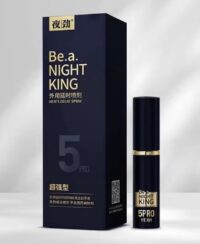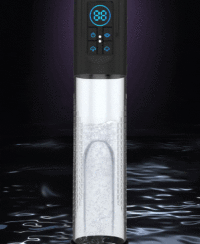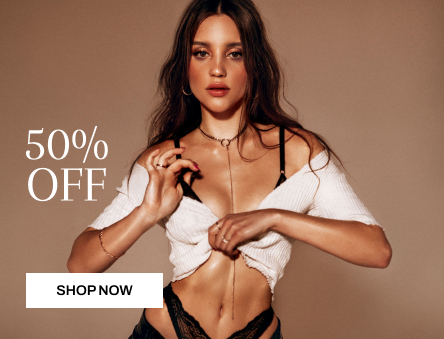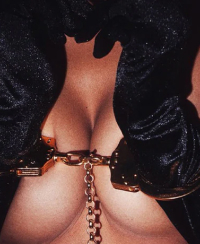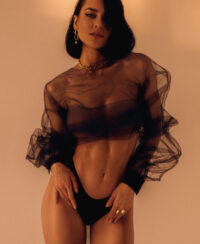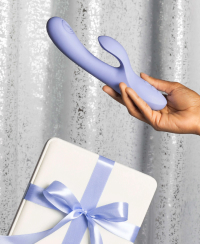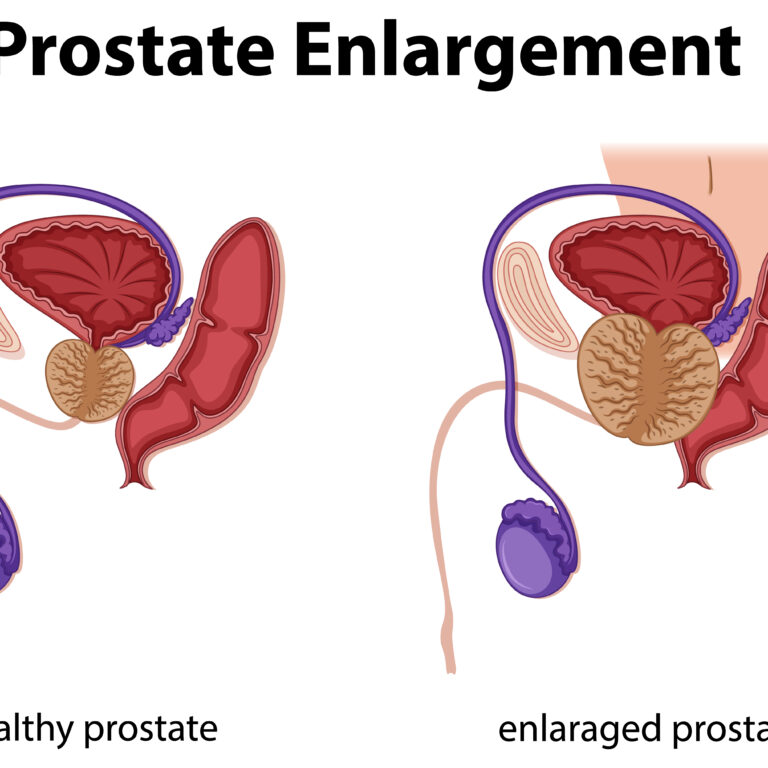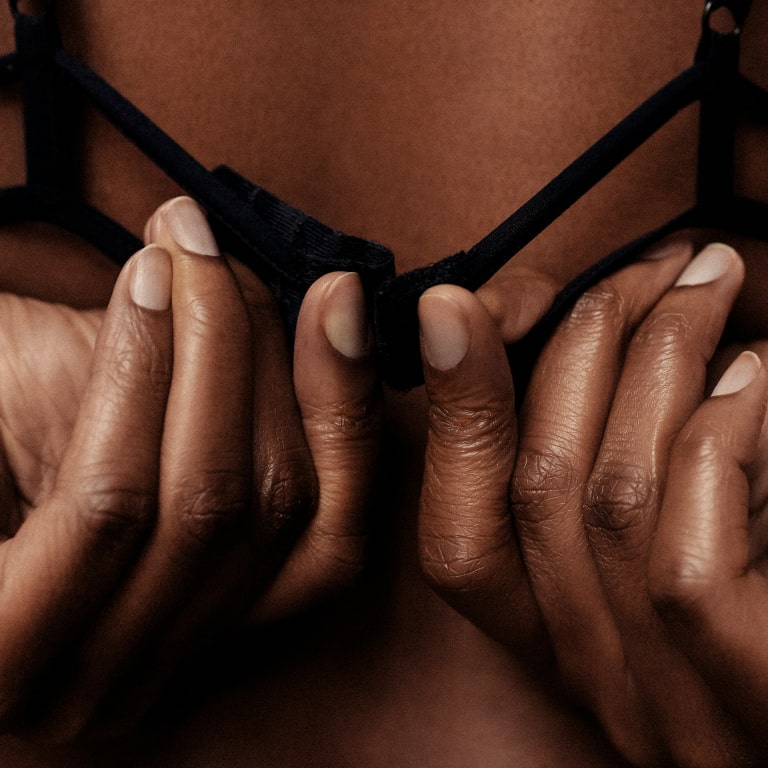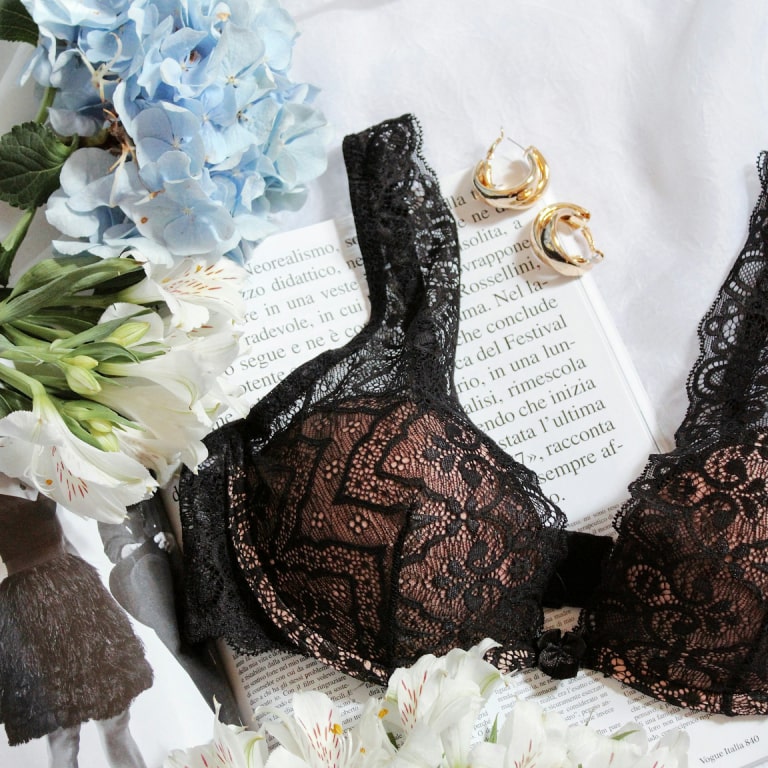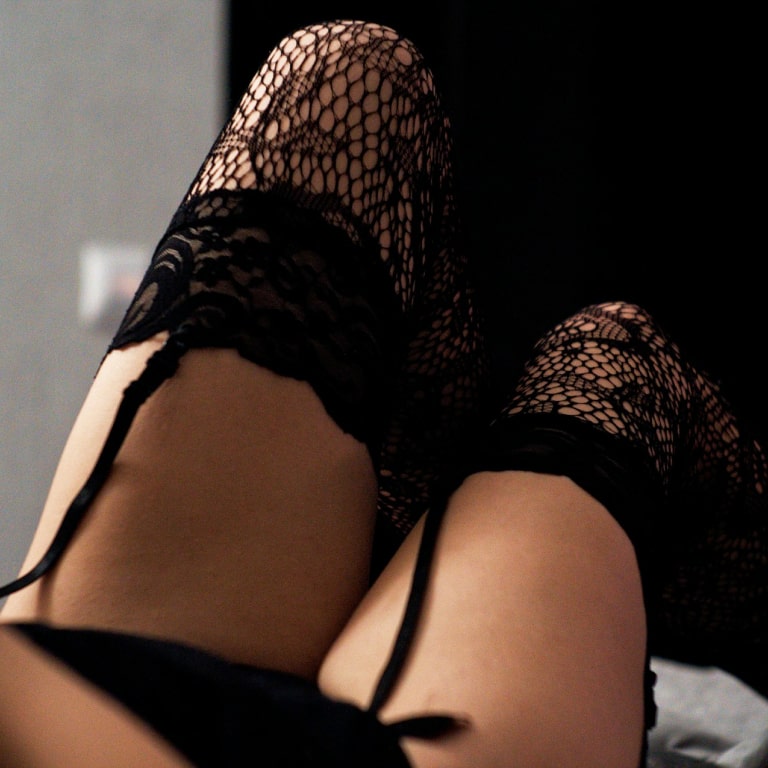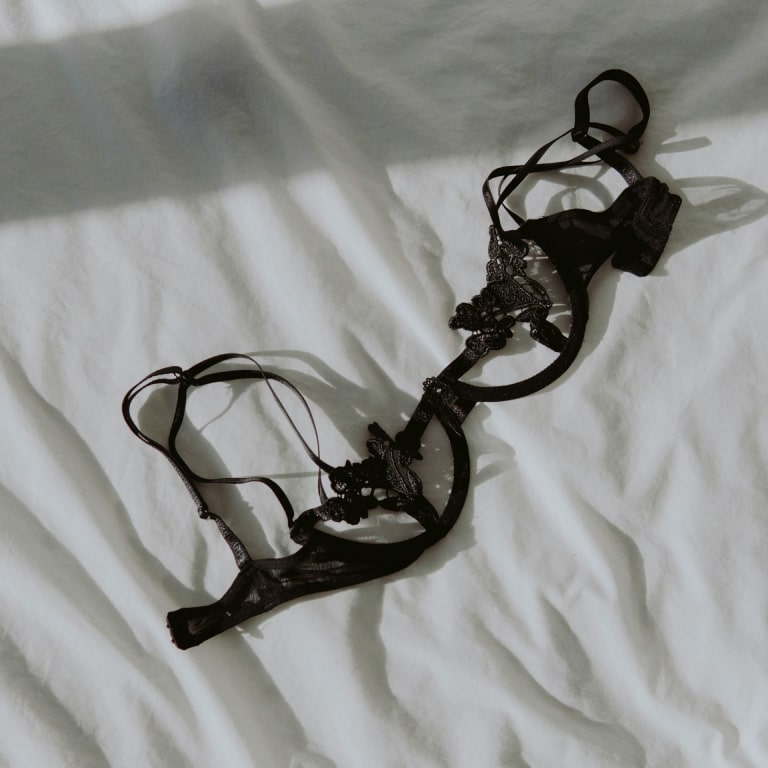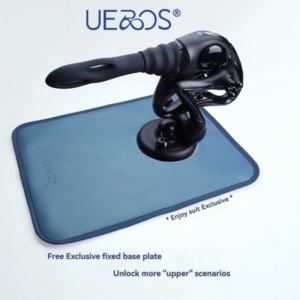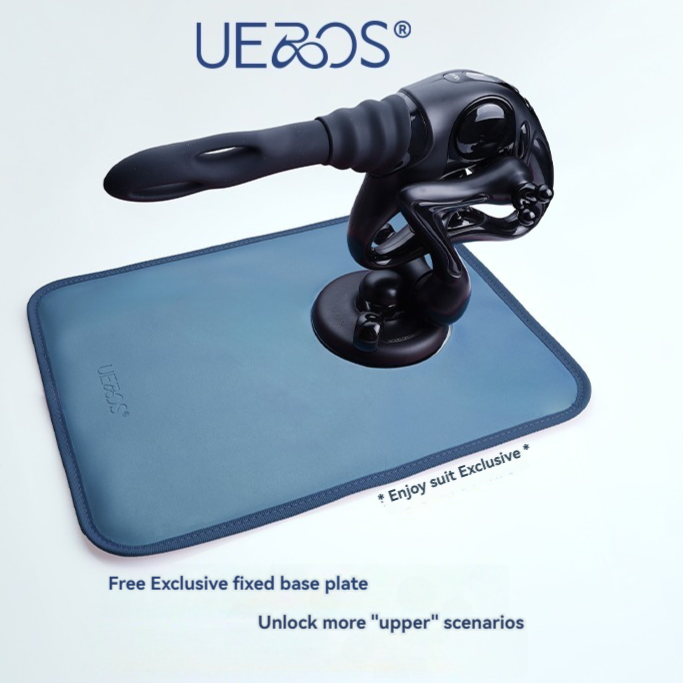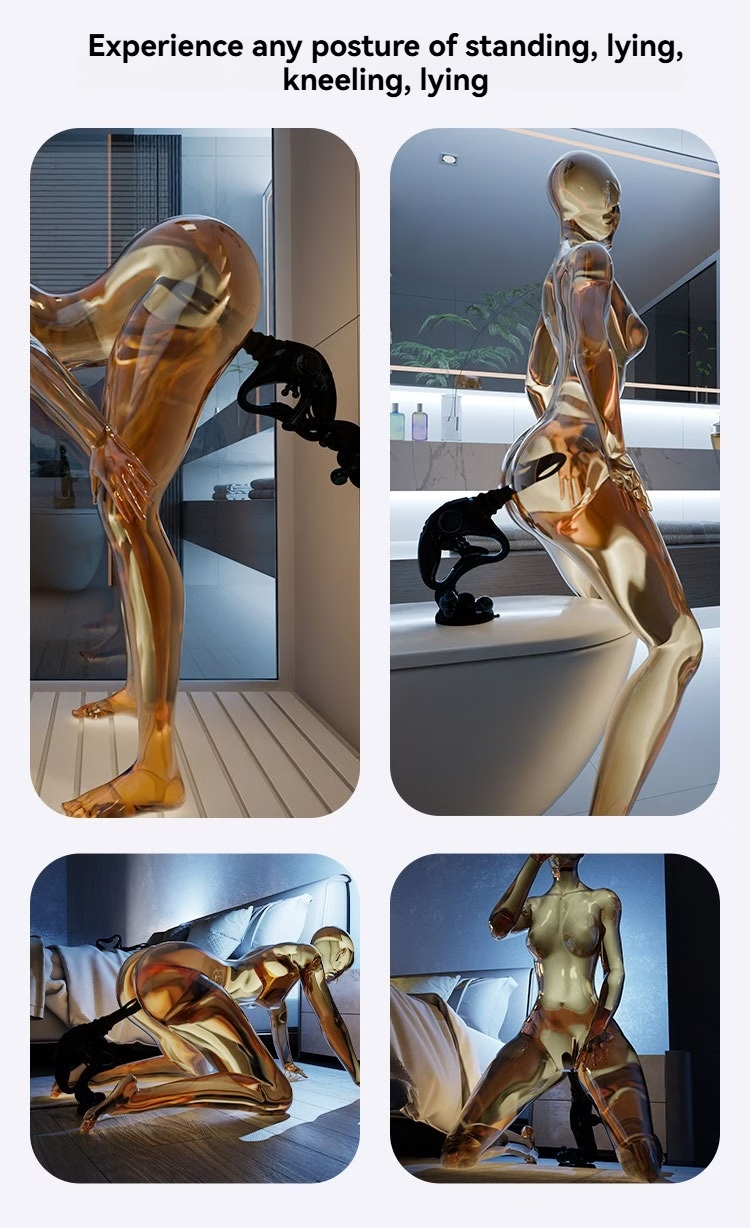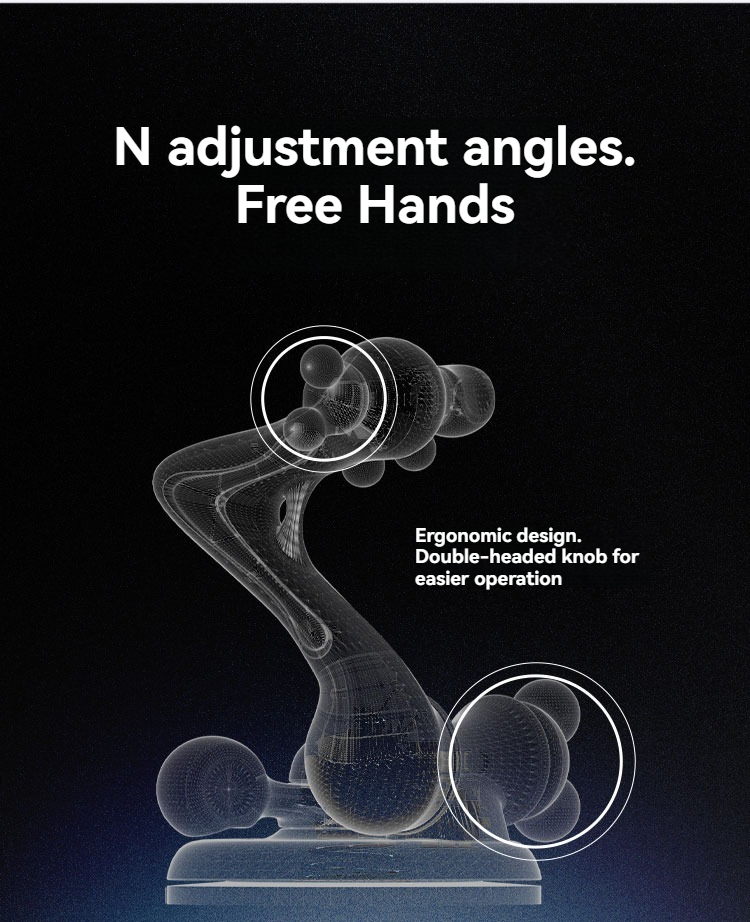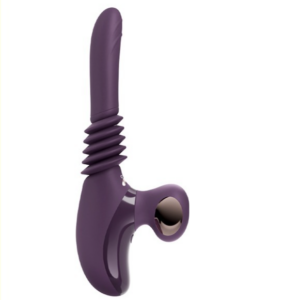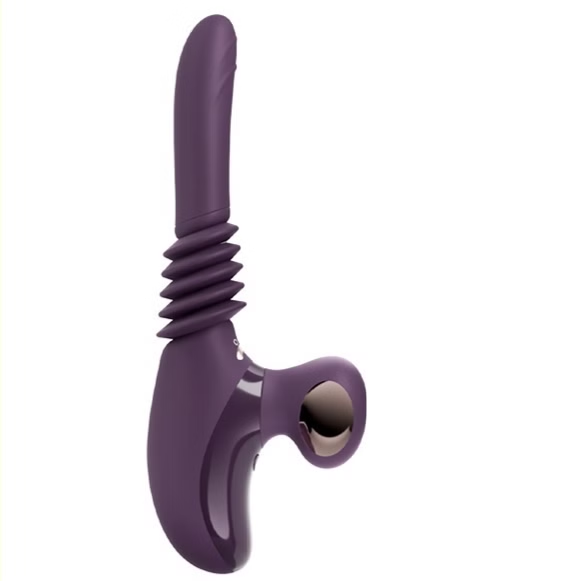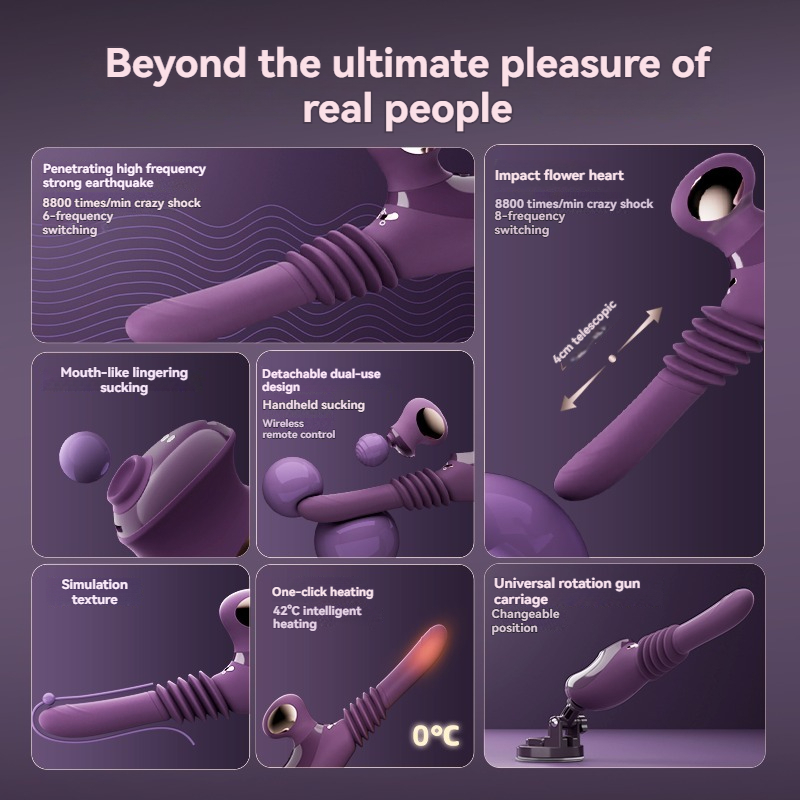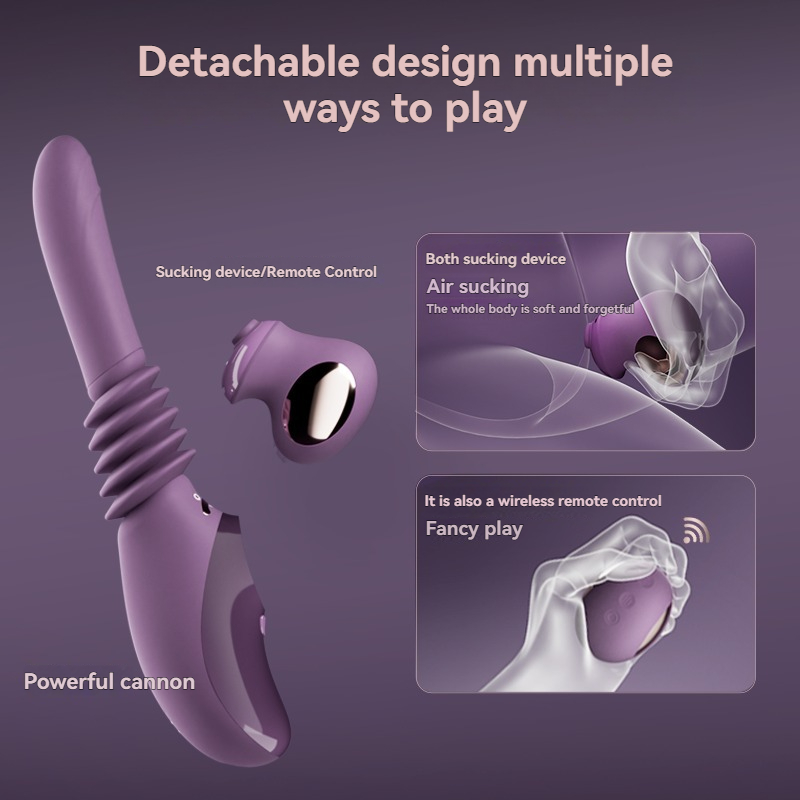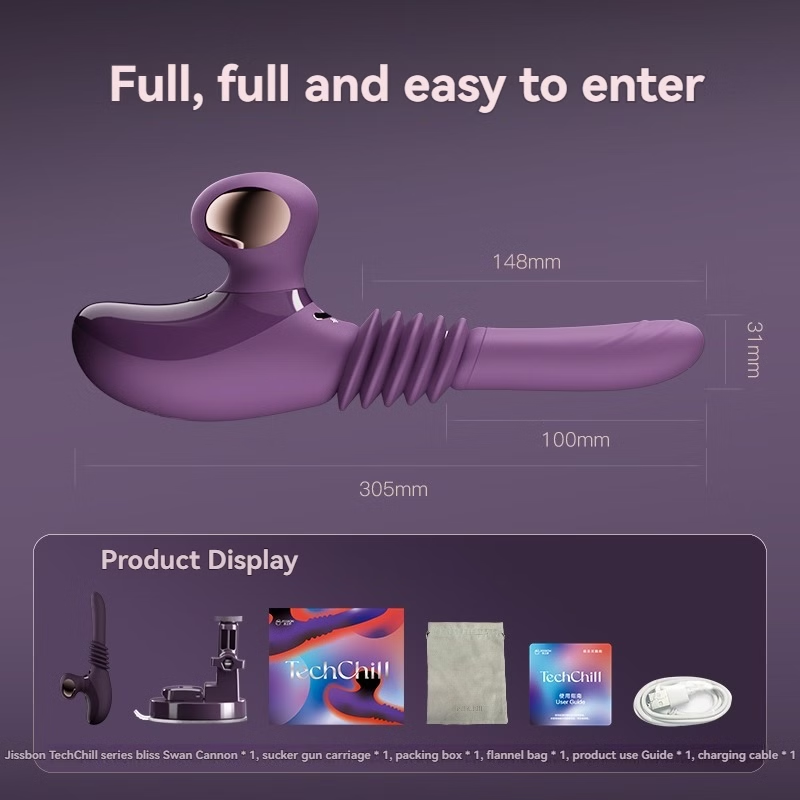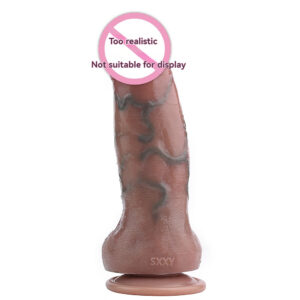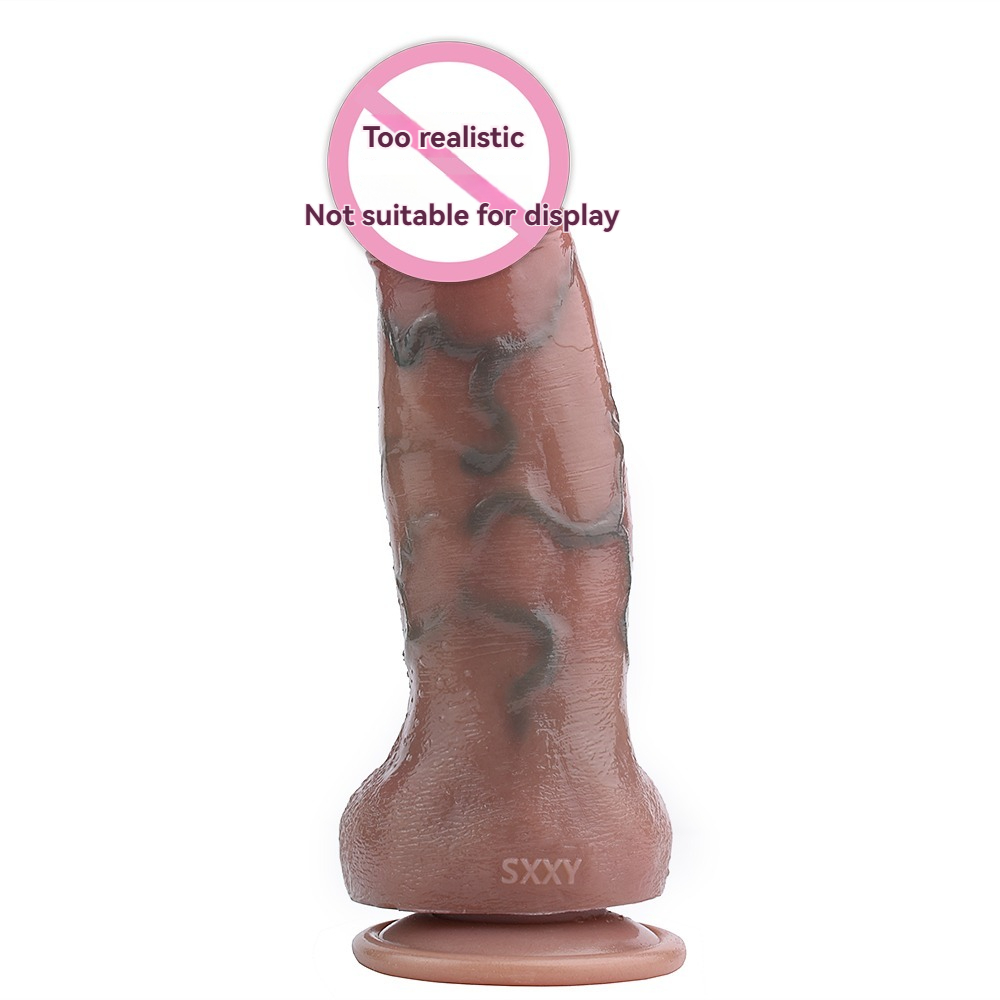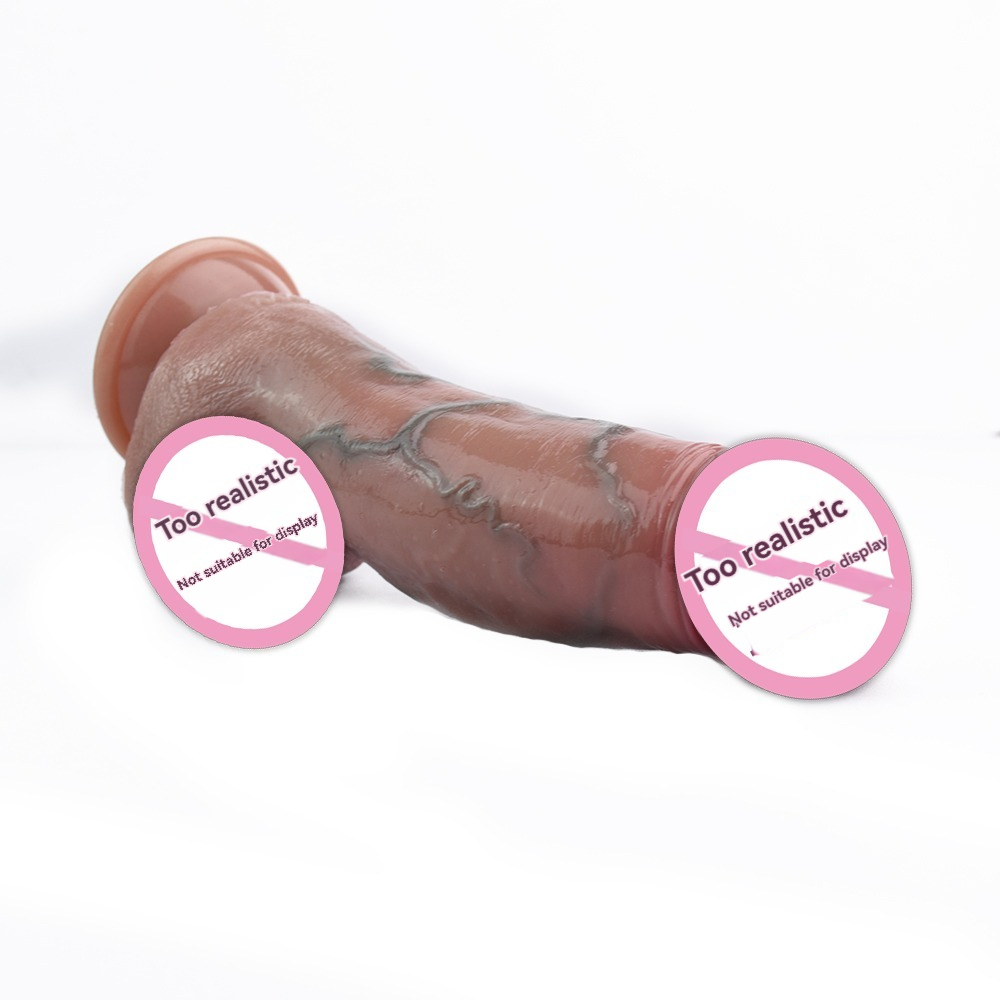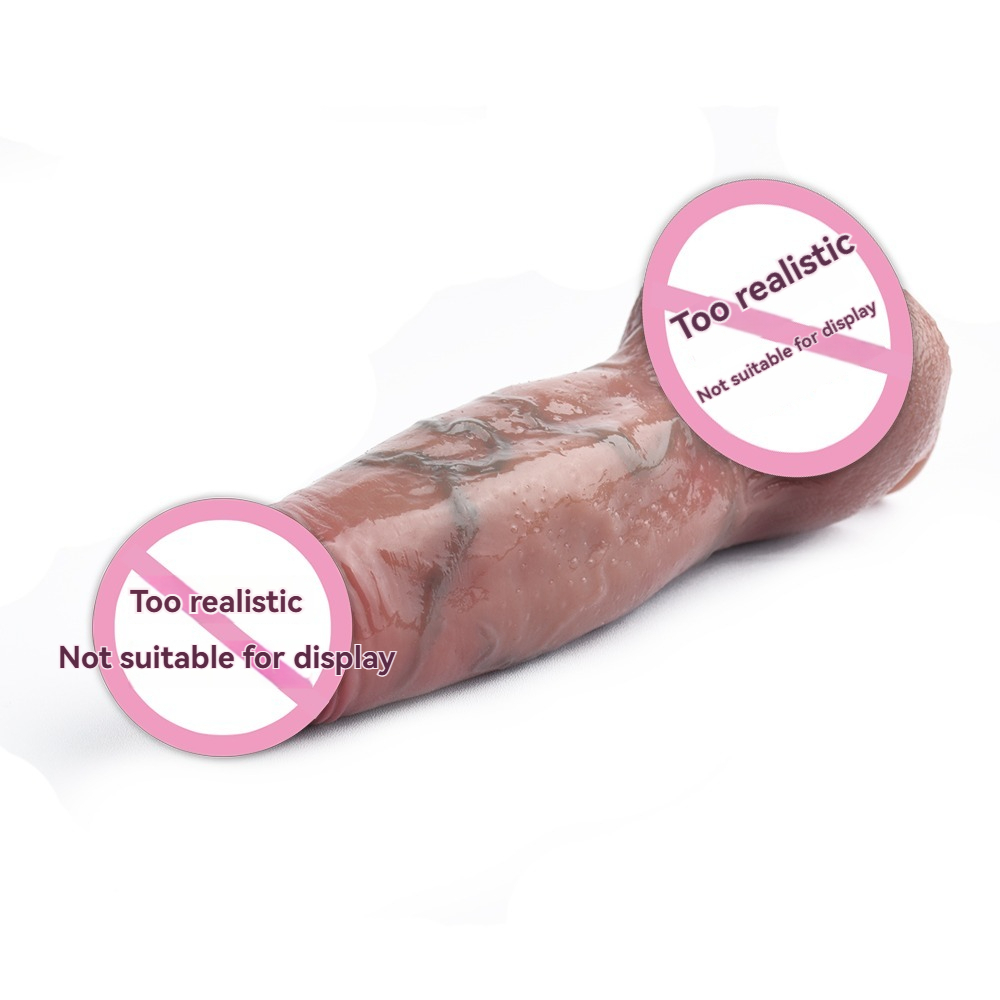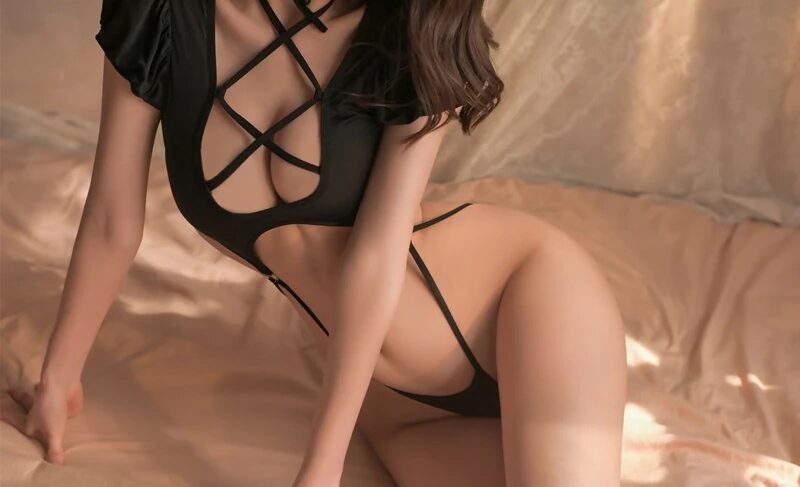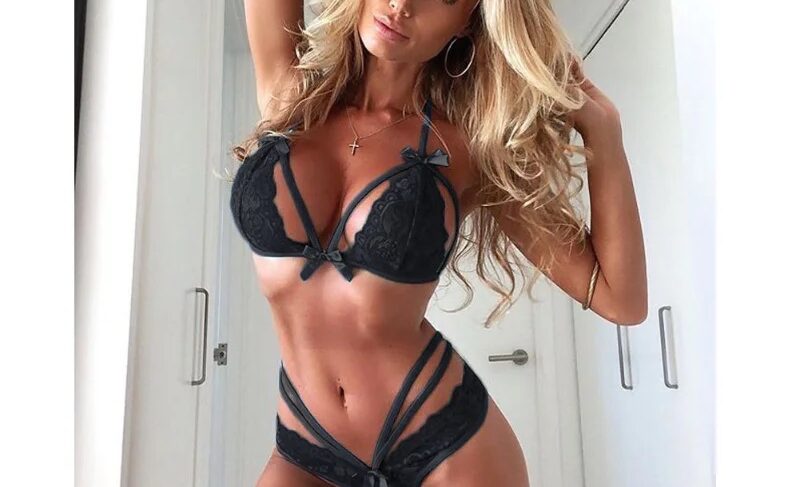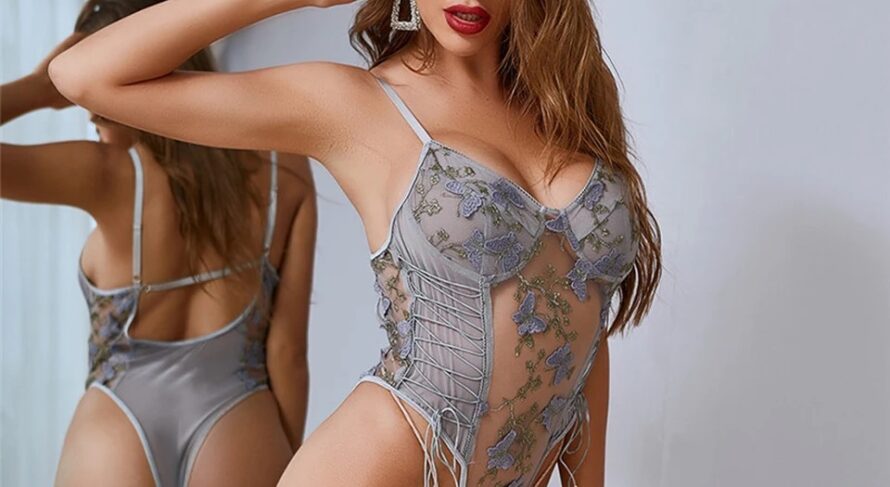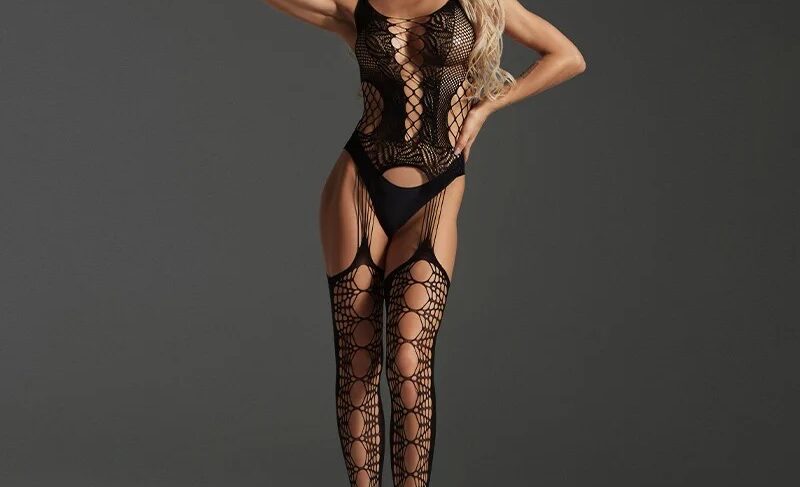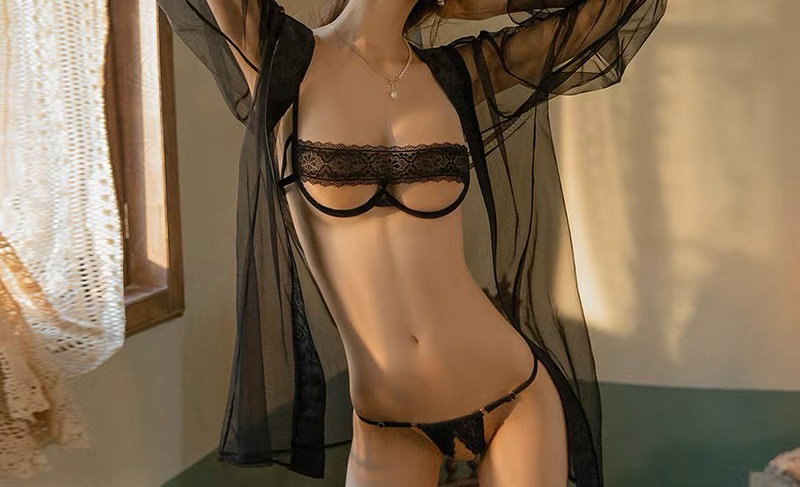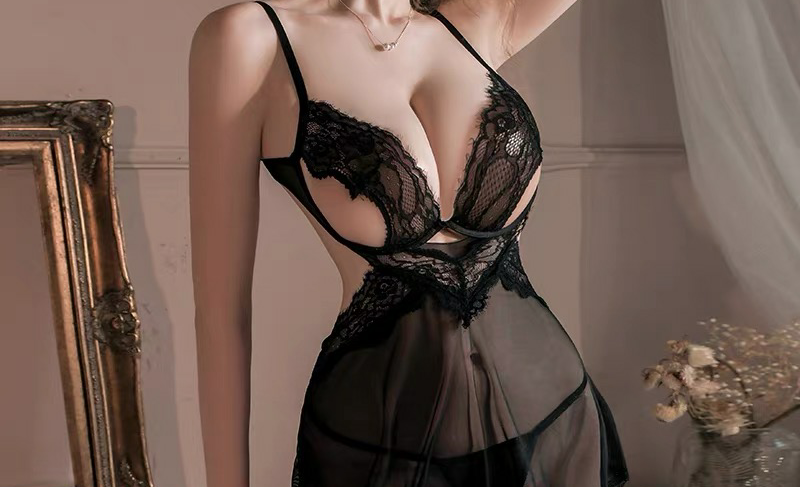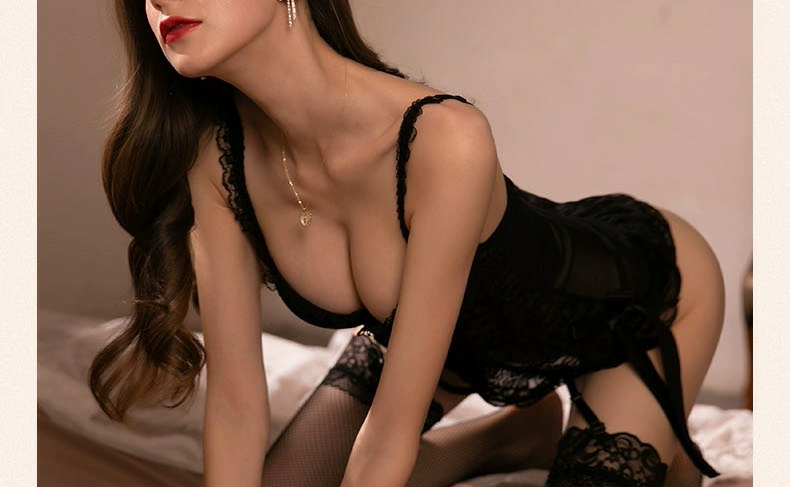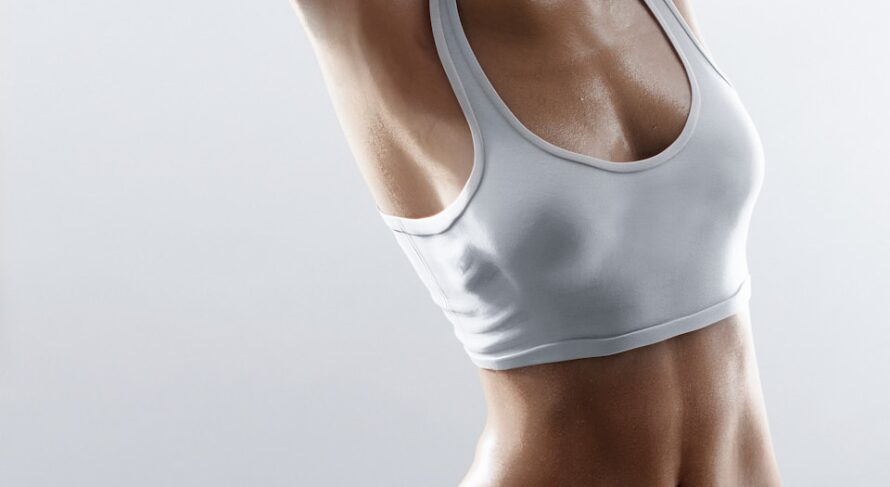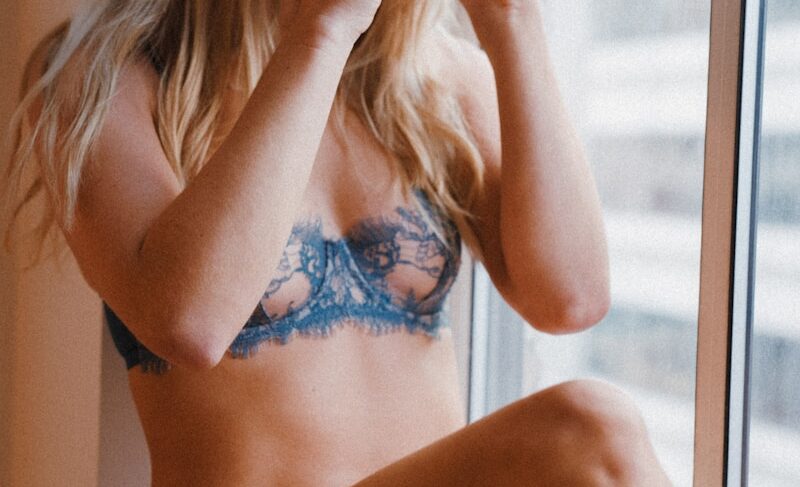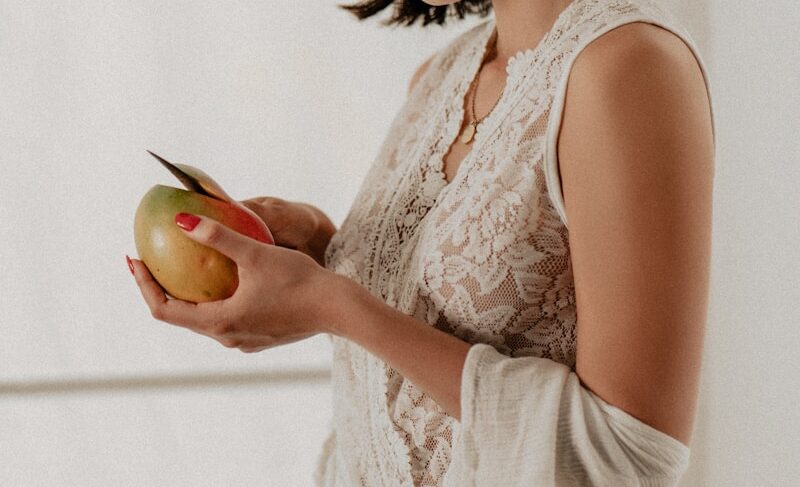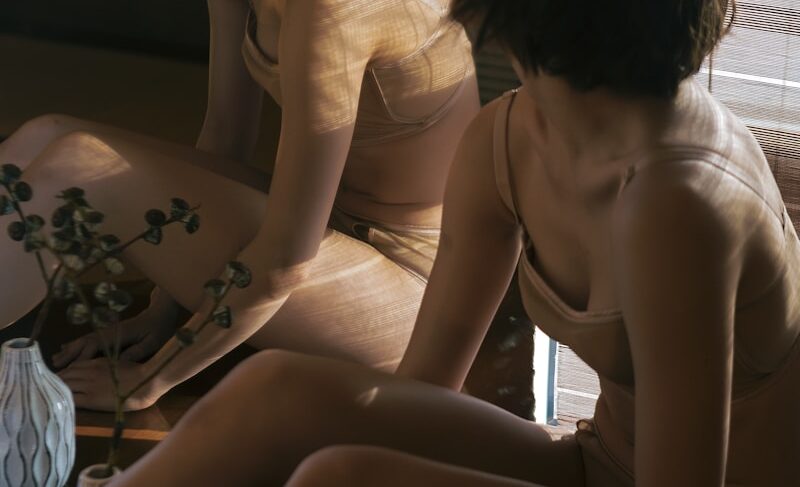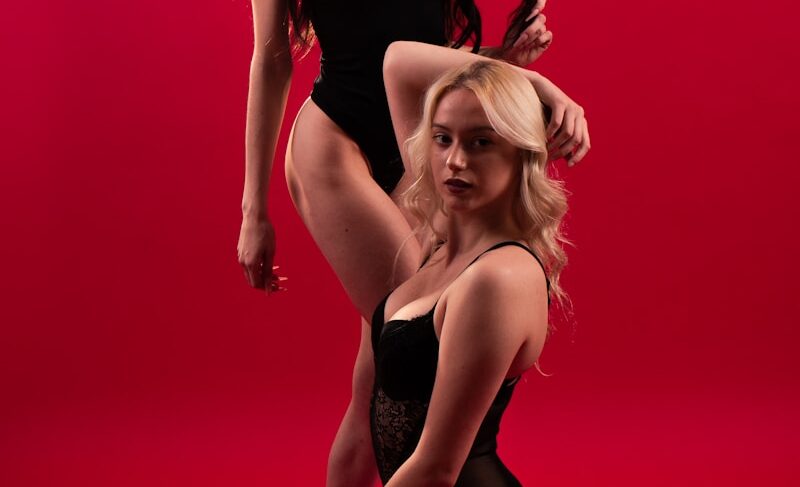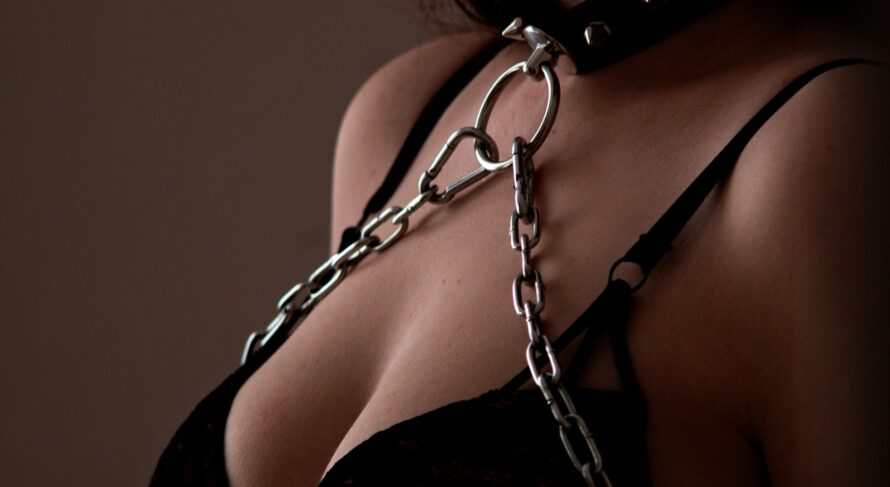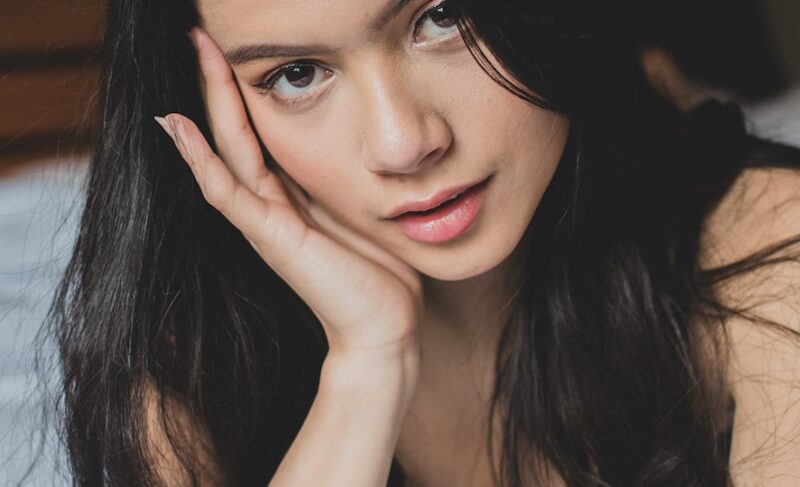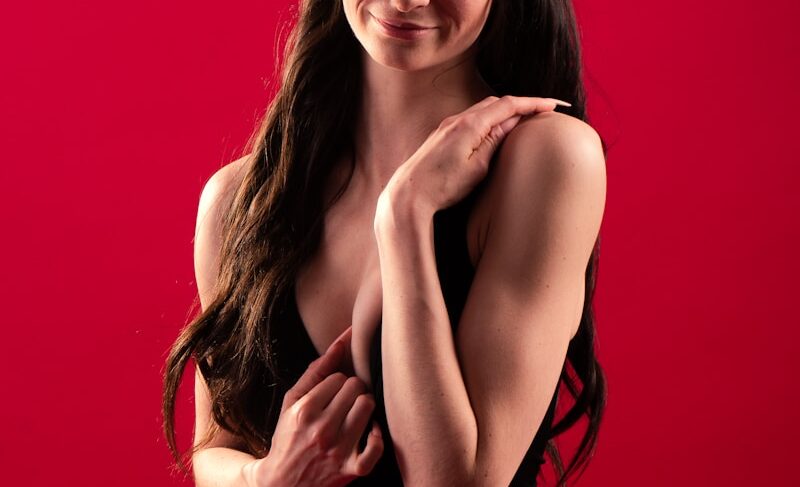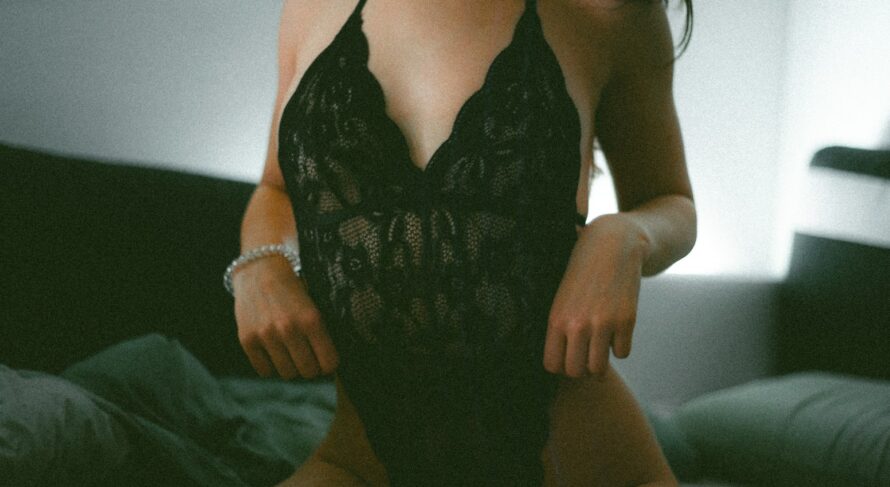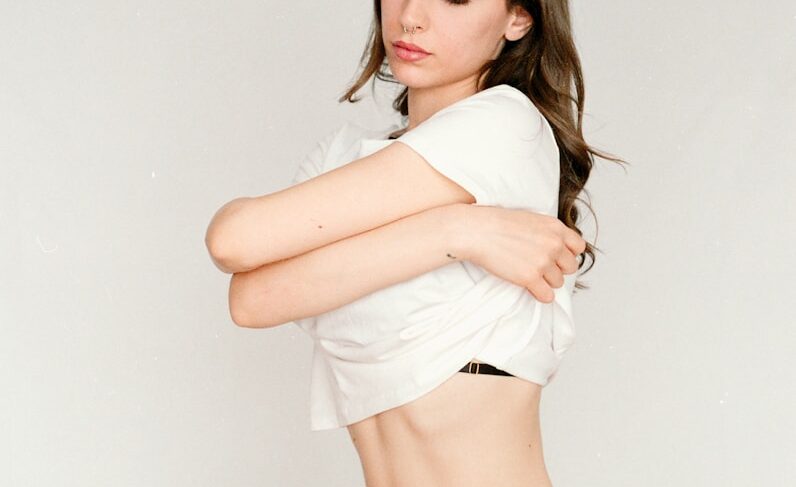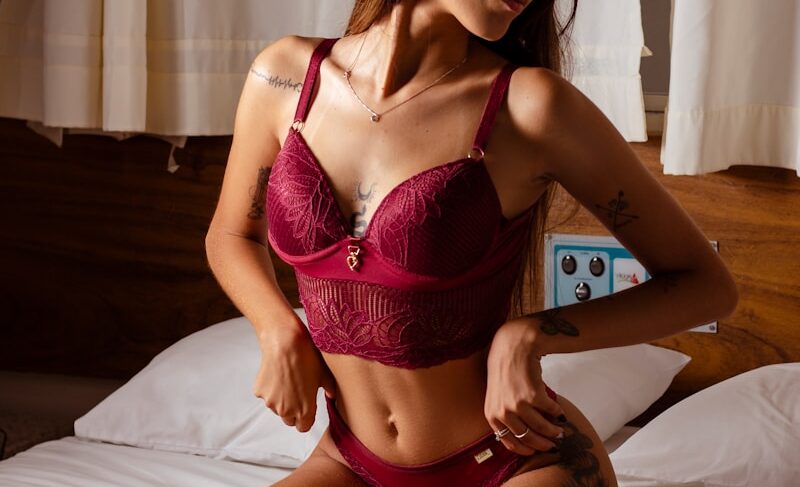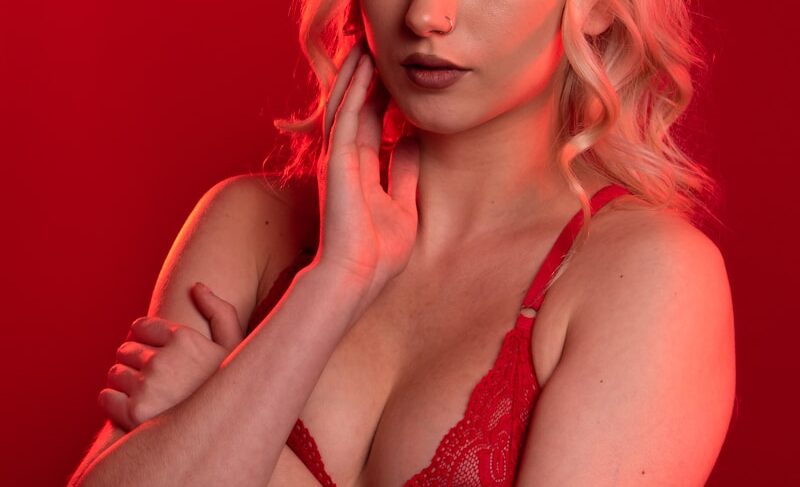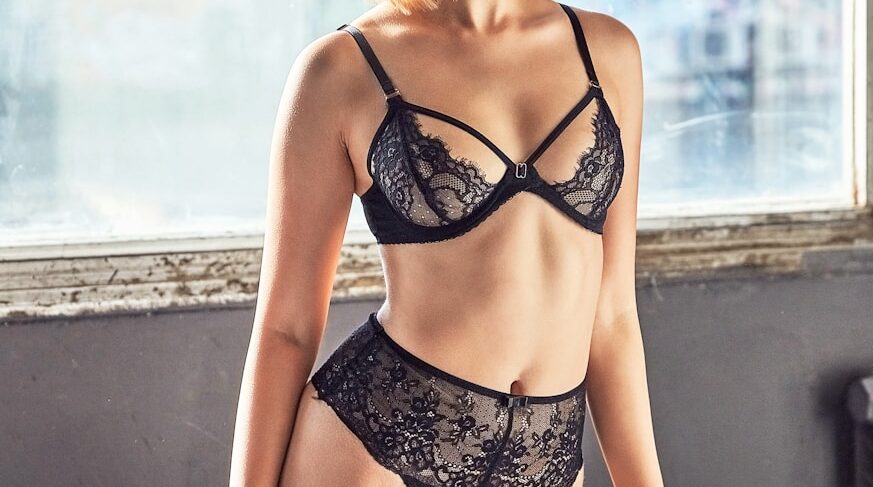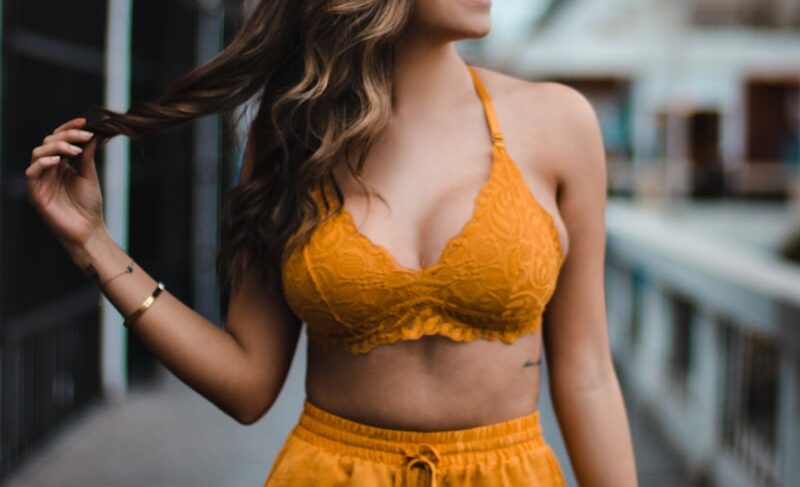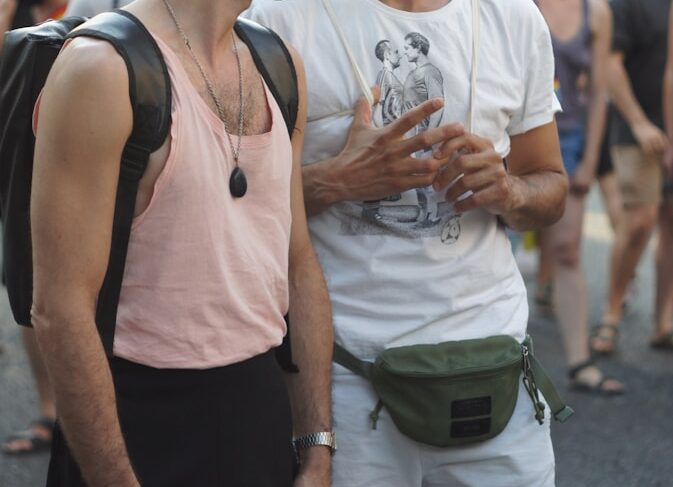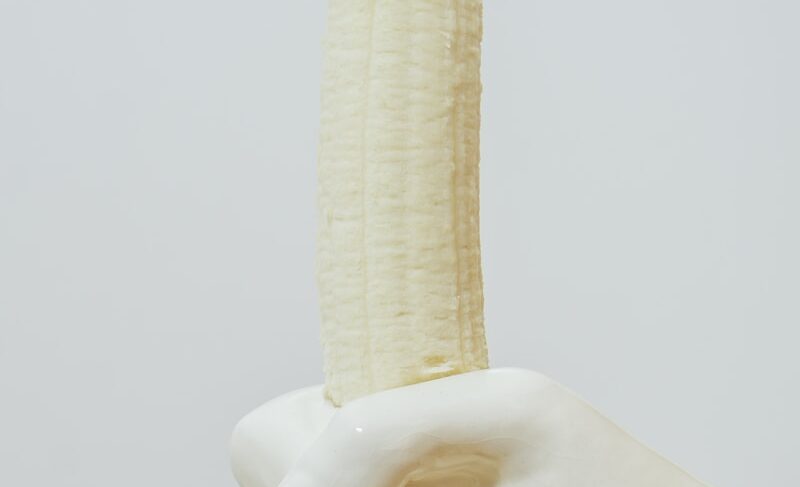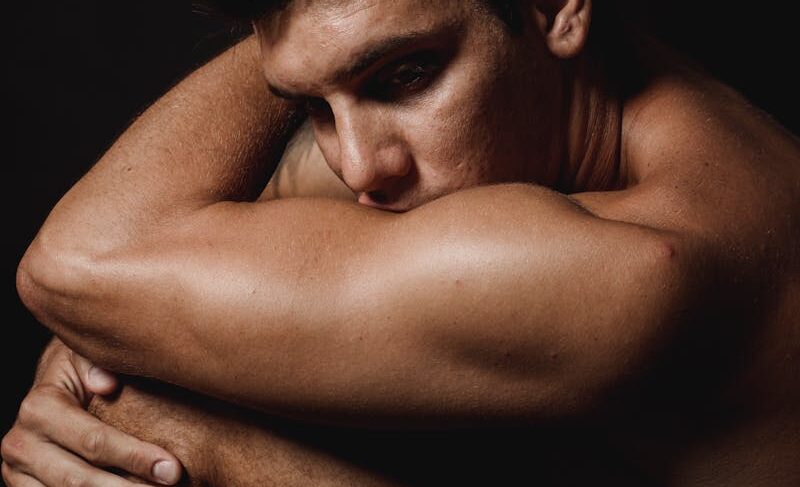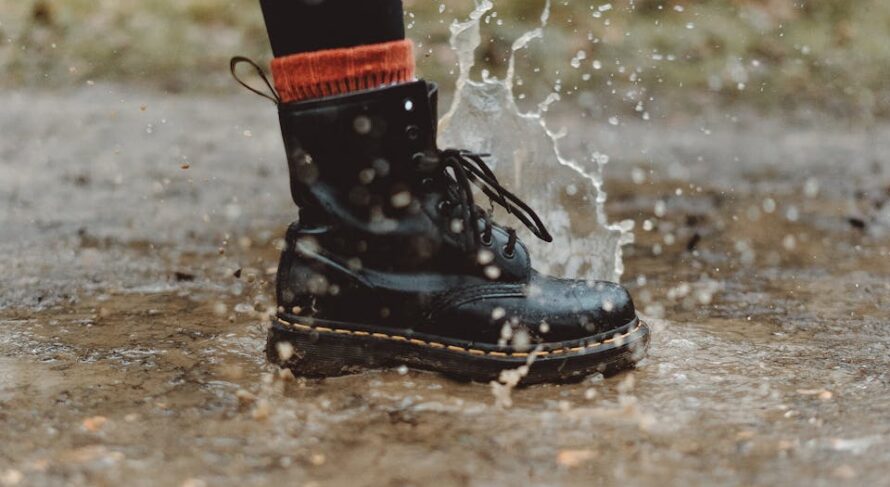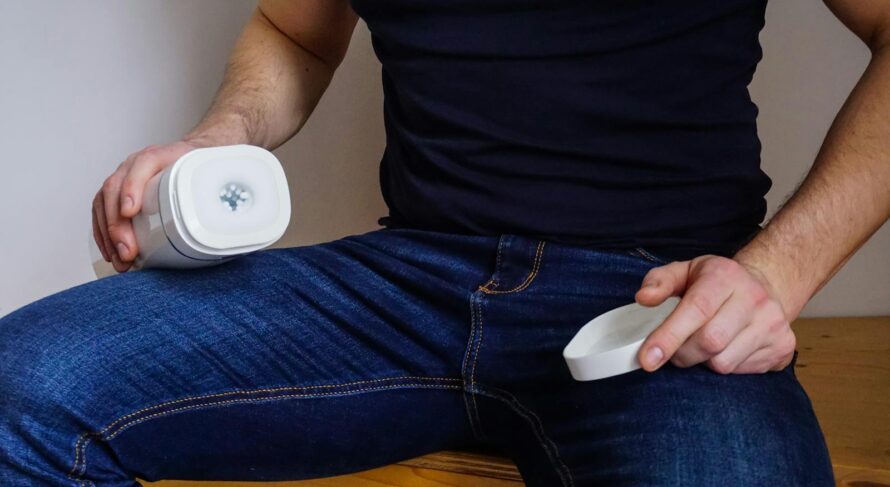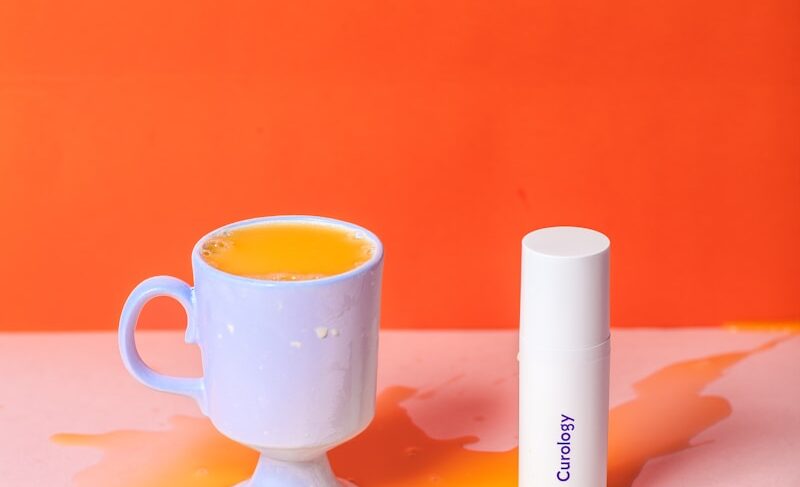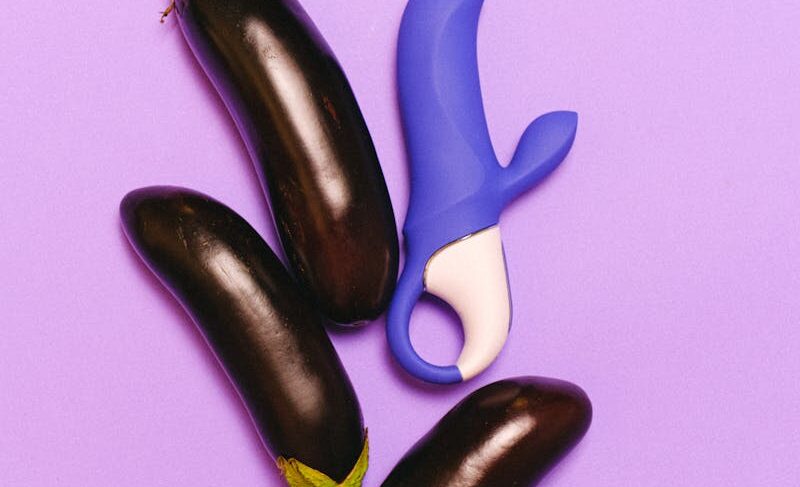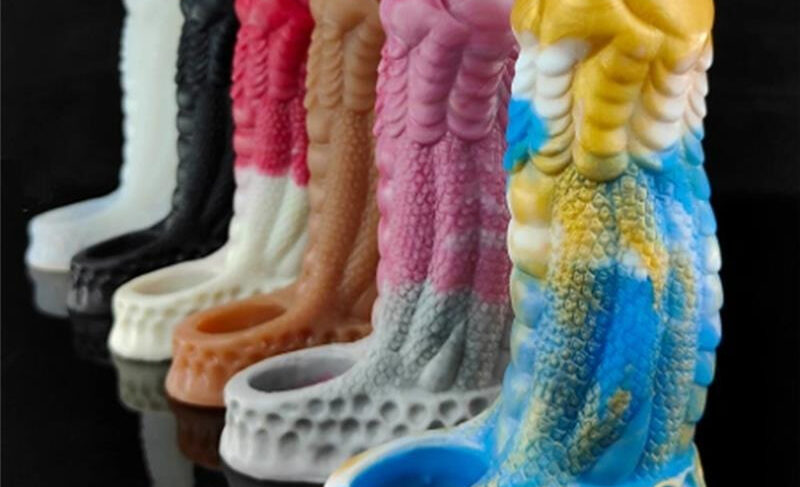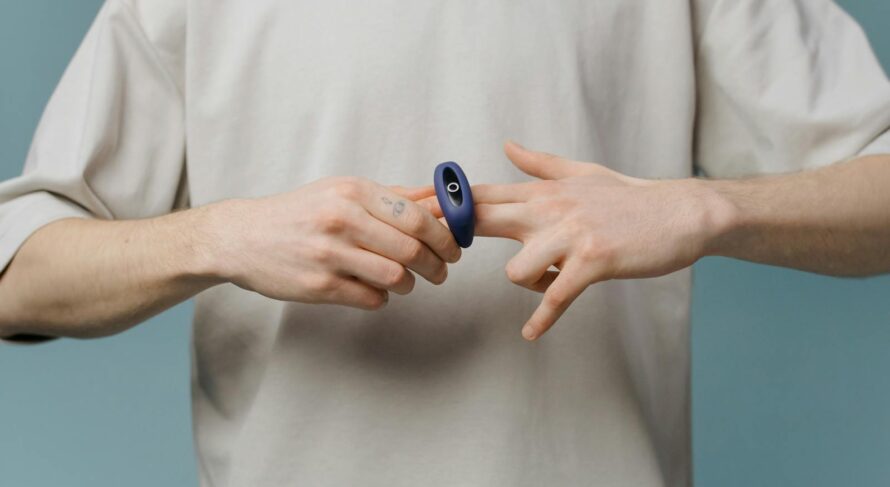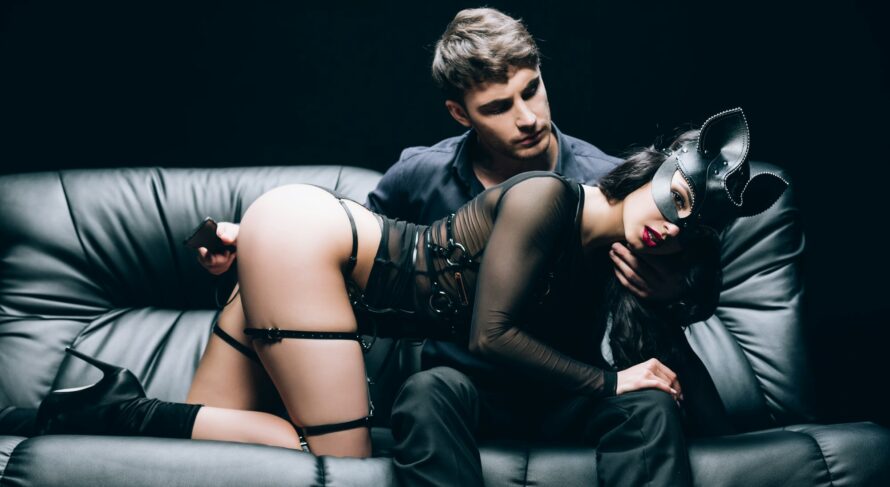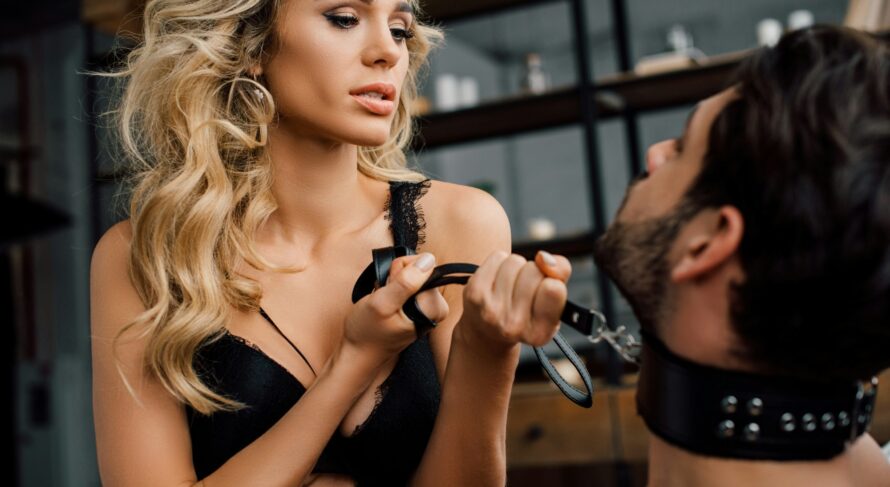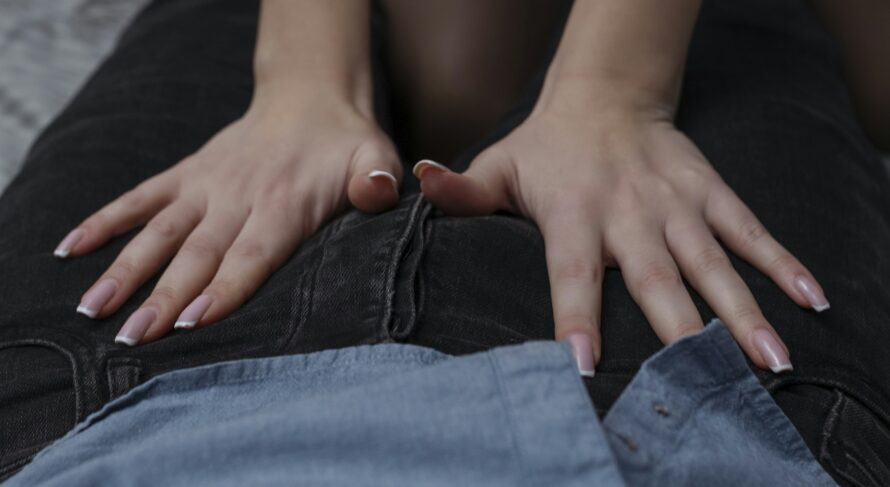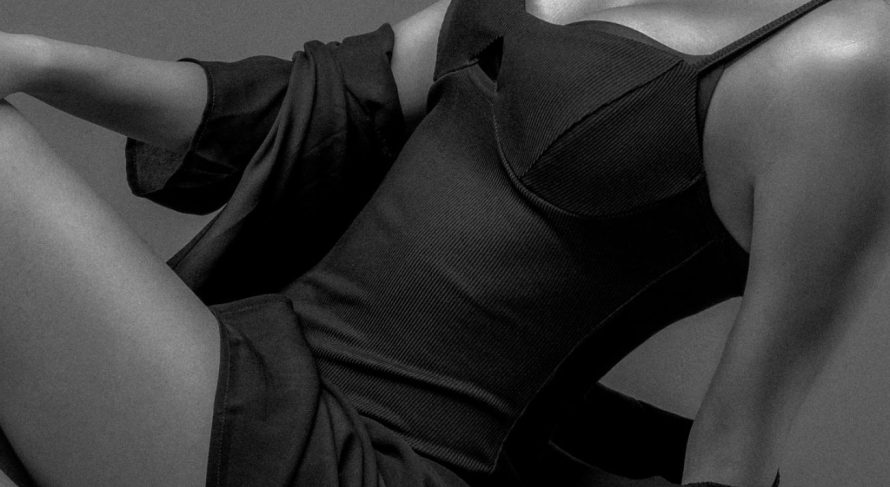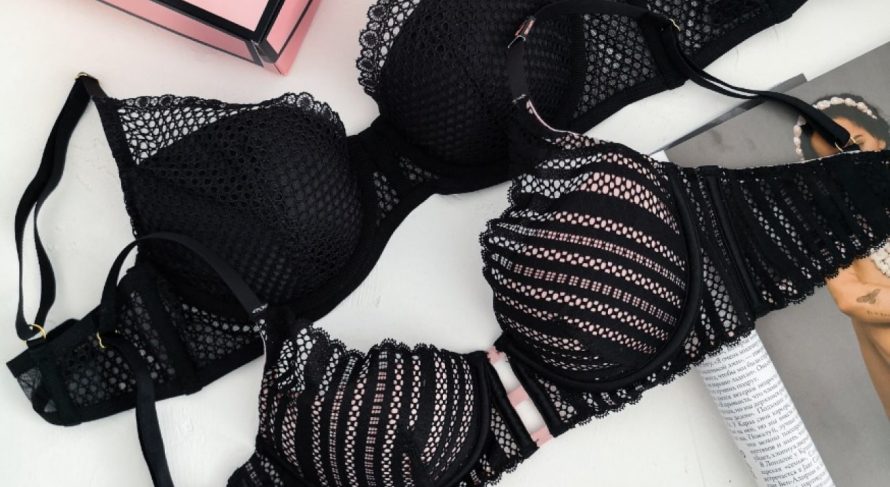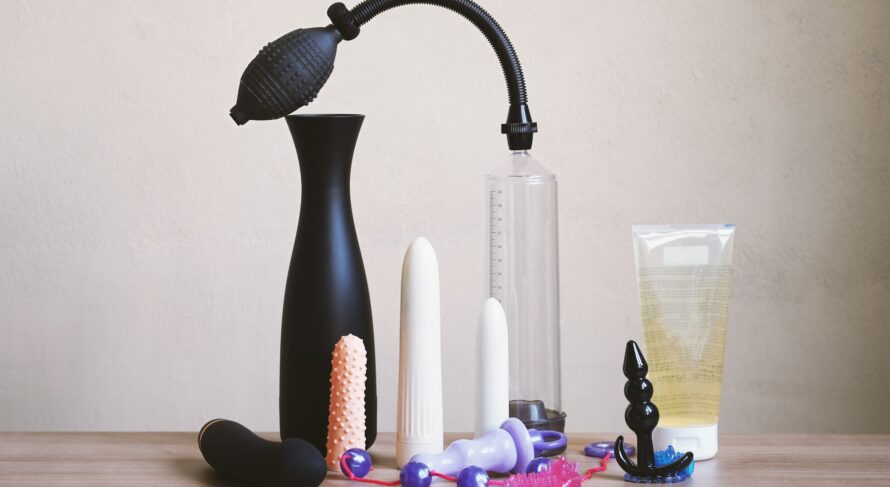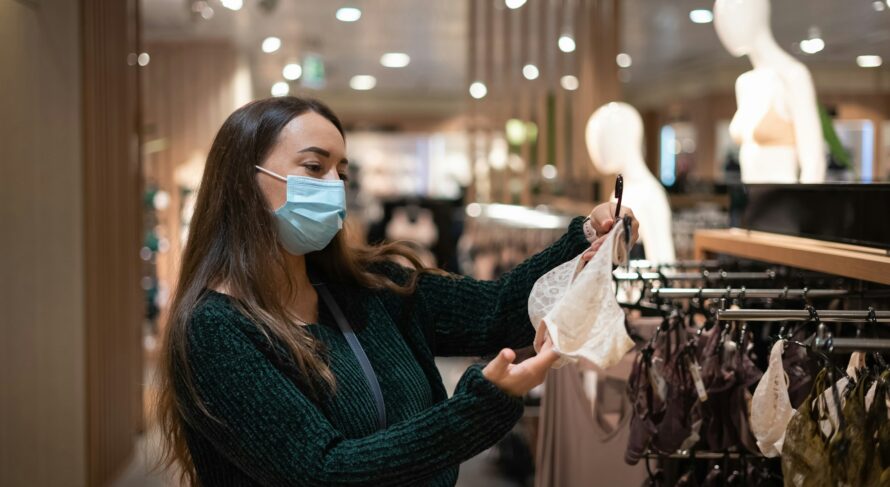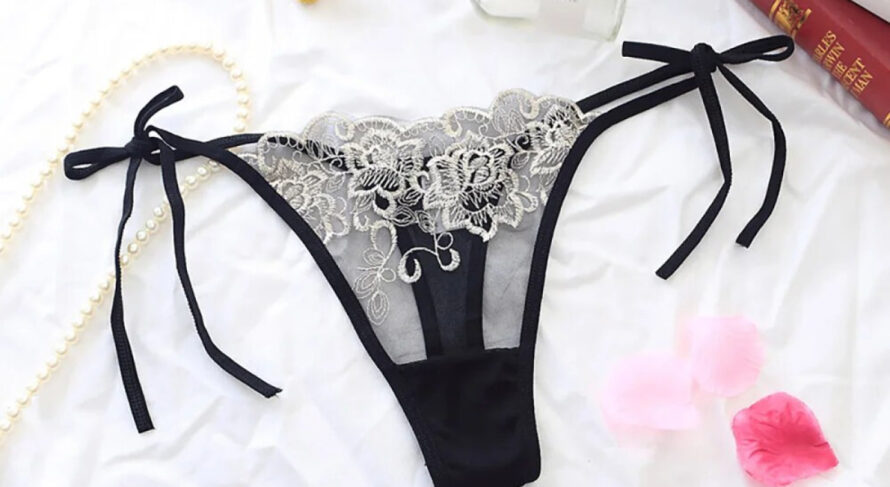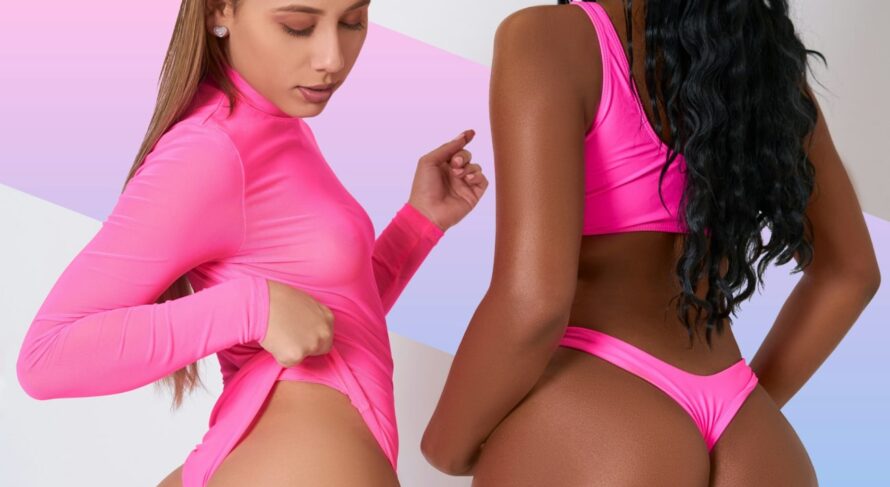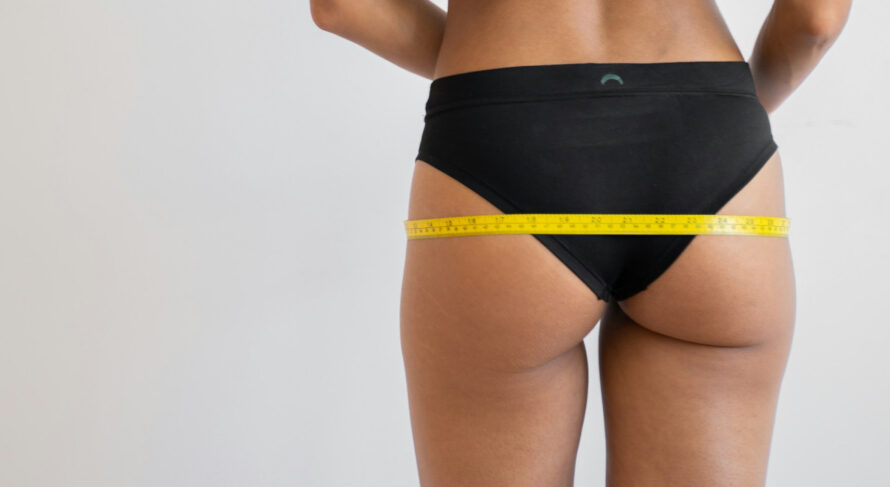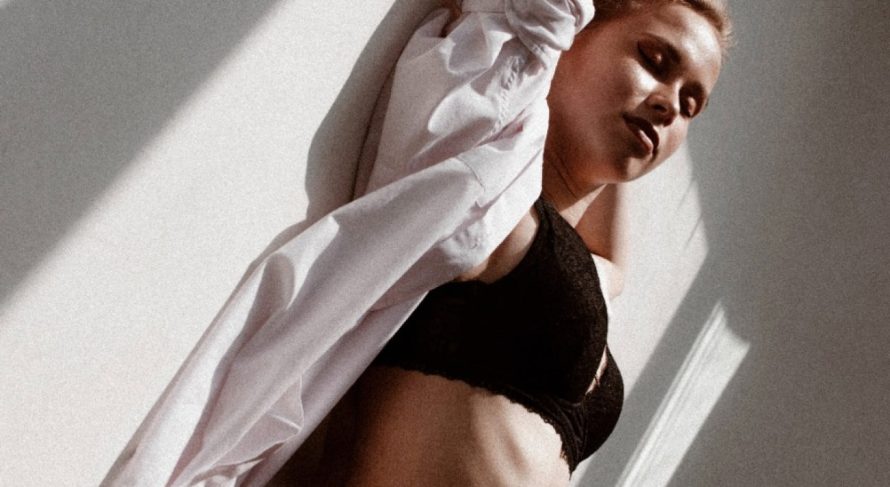The Evolution of Lingerie: From Underwear to Empowerment
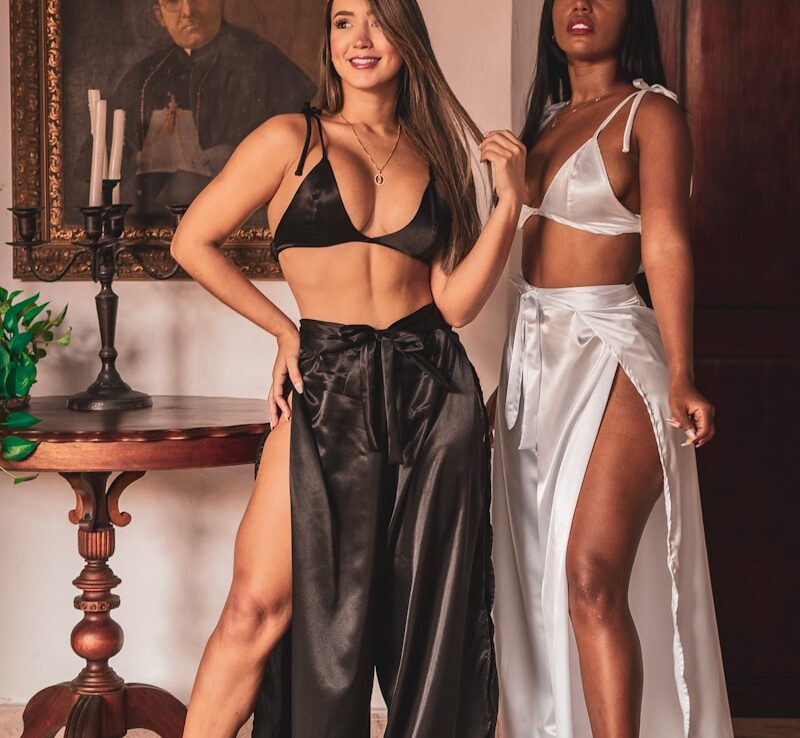
Key Takeaways-The Evolution of Lingerie: From Underwear to Empowerment
- The evolution of lingerie reflects significant cultural and societal shifts over centuries.
- Modern lingerie plays a crucial role in empowering women, enhancing self-confidence, and promoting body positivity.
- Advancements in materials and design have transformed lingerie from purely functional to a form of personal and artistic expression.
- Understanding the history and evolution of lingerie can help consumers make informed choices and appreciate the garment’s significance.
1. Introduction
Lingerie, once regarded as mere functional undergarments, has undergone a remarkable transformation throughout history. From simple cloth pieces intended to provide basic support and modesty, lingerie has evolved into a powerful symbol of femininity, empowerment, and personal expression. This evolution mirrors significant cultural, societal, and technological shifts, reflecting changes in women’s roles, body image standards, and fashion trends.
The Importance of Lingerie in Society
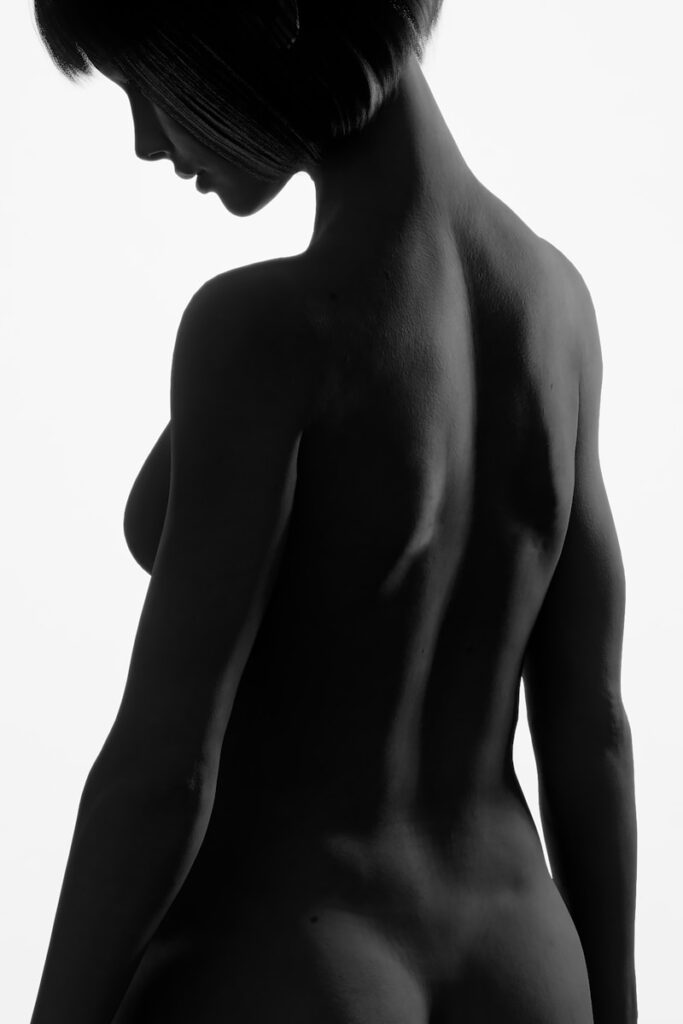
Beyond its primary function of providing support and comfort, lingerie holds a profound place in societal and personal contexts. It is often associated with self-confidence, sensuality, and personal identity. The type of lingerie a woman chooses to wear can influence her perception of herself, affecting her confidence and how she presents herself to the world. Moreover, lingerie has been a medium through which societal norms and beauty standards have been both reinforced and challenged, making it a significant cultural artifact.
2. Historical Origins of Lingerie
The history of lingerie is deeply intertwined with the evolution of fashion, societal norms, and women’s roles across different eras. Understanding its origins provides valuable insights into how lingerie has shaped and been shaped by cultural and societal changes.
Ancient Civilizations
In ancient Egypt, women wore the kalasiris, a simple sheath dress that served both as outerwear and undergarments. This garment was made from linen, a lightweight and breathable fabric suitable for the hot climate. The kalasiris provided coverage and support, reflecting the cultural emphasis on modesty and decorum. Similarly, in ancient Greece and Rome, women used garments like the strophium and subligaculum to support the bust and provide modesty. These early forms of lingerie were functional but also carried aesthetic elements, often adorned with decorative embroidery and embellishments to signify social status and personal style.
Medieval Period
During the medieval period, lingerie continued to serve practical purposes but began to incorporate more structured elements. The chemise, a loose-fitting undergarment, became a staple in women’s wardrobes. Made from simple fabrics like cotton and wool, the chemise acted as a barrier between the body and the outer garments, protecting clothing from sweat and oils. This period also saw the early use of corsets, which were initially designed to provide support to the torso and improve posture. However, these early corsets were less restrictive compared to later versions, reflecting the ongoing balance between functionality and comfort in undergarment design.
Renaissance and Baroque Eras
The Renaissance and Baroque eras brought significant advancements in lingerie design, influenced by the broader trends in fashion and aesthetics. The corset became more elaborate, emphasizing the waist and enhancing the bust to create the desired hourglass figure. This period saw the use of luxurious materials such as silk, lace, and brocade, which added a touch of opulence and sophistication to undergarments. Lingerie became not only a functional garment but also a symbol of wealth and status, with intricate designs and embellishments reflecting the wearer’s social standing and fashion consciousness.
3. The Victorian Era: Constraining Elegance
The Victorian era (1837-1901) is often regarded as the pinnacle of restrictive lingerie design, particularly the corset. This period was marked by strict social norms, emphasizing modesty, propriety, and the idealized female form. Lingerie during this time was not only a necessity for maintaining modesty but also a fashion statement that conveyed social status and personal refinement.
The Role of the Corset
During the Victorian era, the corset was an essential garment for women, serving both functional and aesthetic purposes. Corsets were designed to cinch the waist, support the bust, and create an exaggerated hourglass figure, which was considered the epitome of femininity. The tightlacing of corsets, achieved through multiple whalebone stays and laces, significantly restricted movement and altered the body’s natural shape. While corsets provided the desired silhouette, they often caused discomfort, restricted breathing, and led to long-term health issues such as deformed ribs and compressed organs (Williams, 2018).
Fashion and Social Status
Lingerie in the Victorian era was a clear indicator of a woman’s social status and wealth. Luxurious materials like silk and lace were reserved for the upper classes, while simpler fabrics were used by lower-income women. The intricacy of the design and the quality of the materials also indicated a woman’s adherence to societal expectations and her place within the social hierarchy. Corsets were often elaborately decorated with embroidery, ribbons, and other embellishments, making them as much a part of a woman’s outward appearance as her outer garments.
Transition Towards Comfort
Despite the widespread use of restrictive corsets, there was a gradual shift towards more comfortable undergarments by the late Victorian era. Innovations such as the introduction of the bustier, which provided support without the extreme restriction of traditional corsets, marked the beginning of a movement towards greater comfort and practicality in lingerie design. Additionally, the rise of the rational dress movement, which advocated for less restrictive clothing, influenced the design of lingerie, encouraging more freedom of movement and comfort for women (Brown, 2021).
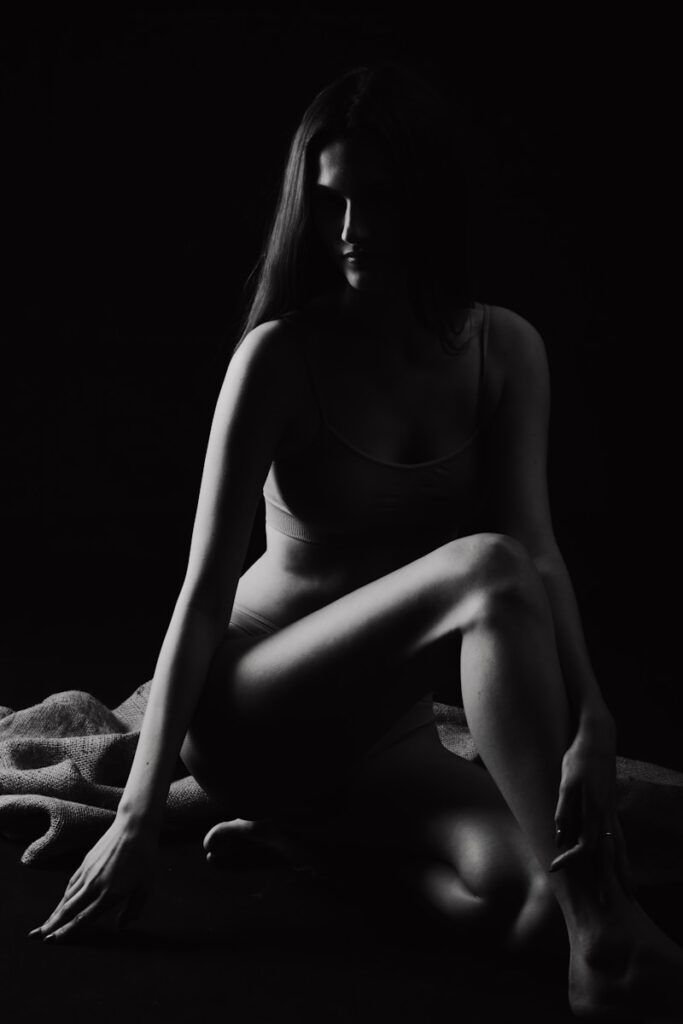
4. 20th Century: Liberation and Innovation
The 20th century was a transformative period for lingerie, characterized by significant advancements in design, materials, and societal attitudes towards women’s undergarments. This era witnessed the decline of the restrictive corset and the rise of more comfortable, functional, and fashionable lingerie, aligning with broader movements of women’s liberation and changing gender roles.
Early 20th Century: The Decline of the Corset
The early 1900s marked the beginning of the decline of the corset, driven by the rise of women’s rights and changing fashion trends. The flapper movement of the 1920s popularized more relaxed and natural silhouettes, leading to the introduction of bras that provided support without the constriction of corsets. Brands like Victoria’s Secret emerged, offering a wider variety of lingerie styles that catered to different needs and preferences. The development of the bra was a significant milestone, providing women with the support they needed while allowing for greater freedom of movement and comfort.
Mid-20th Century: Innovation in Lingerie Design
Post-World War II, the lingerie industry experienced a boom, with innovations in materials and design transforming the landscape. The introduction of nylon and spandex revolutionized lingerie, making it more durable, stretchy, and comfortable. The 1950s saw the rise of the bullet bra, a highly structured and padded style that emphasized the bust, while the 1960s brought the bra bikini, which offered less coverage and a more youthful appearance. These innovations catered to the evolving needs and preferences of women, offering a balance between support, comfort, and style (Brown, 2021).
Late 20th Century: Diversity and Body Positivity
The late 20th century embraced diversity and body positivity, challenging traditional beauty standards and promoting inclusivity in lingerie design. Brands began offering a wider range of sizes and styles to cater to different body types, emphasizing comfort and self-expression. The feminist movement also influenced lingerie trends, encouraging women to choose undergarments that made them feel empowered and confident. This period saw the rise of body-positive campaigns and the inclusion of plus-size lingerie lines, reflecting a broader acceptance of diverse body shapes and sizes (Johnson & Lee, 2019).
5. Modern Day: Empowerment and Diversity
In the 21st century, lingerie has evolved into a powerful tool for empowerment and self-expression. Modern lingerie goes beyond mere functionality, becoming a symbol of confidence, body positivity, and personal style. The industry has embraced technological advancements and sustainable practices, catering to a diverse range of consumers and reflecting the changing values of society.
Empowerment Through Lingerie
Today, lingerie is seen as a means of self-expression and empowerment. Women choose lingerie that makes them feel confident and comfortable, reflecting their personal style and embracing their bodies. The shift towards inclusive and comfortable designs helps break down unrealistic beauty standards and promotes body positivity. By choosing lingerie that makes them feel good, women can assert their autonomy and enhance their self-esteem, fostering a sense of empowerment and self-worth (Smith & Johnson, 2020).
Diversity and Inclusivity
The modern lingerie market places a strong emphasis on diversity and inclusivity. Brands are expanding their size ranges and designing lingerie for various body types, ensuring that all women can find comfortable and flattering undergarments. This shift has been supported by the rise of plus-size lingerie lines and the inclusion of models from diverse backgrounds in marketing campaigns. By catering to a broader audience, lingerie brands are promoting a more inclusive and accepting industry that celebrates the unique beauty of every individual (Green & Patel, 2020).
Sustainable Practices
With growing awareness of environmental issues, the lingerie industry has made strides towards sustainability. The use of eco-friendly materials like organic cotton, bamboo, and recycled fabrics has become more prevalent. Additionally, brands are adopting ethical manufacturing practices, reducing waste through minimalist packaging, and promoting longevity in their products to minimize environmental impact. These efforts aim to align lingerie production with sustainable values, appealing to environmentally conscious consumers and contributing to a more responsible fashion industry (Taylor, 2022).
Technological Advancements
Technological advancements have also influenced modern lingerie design. Innovations such as seamless construction, moisture-wicking fabrics, and smart textiles have enhanced the functionality and comfort of lingerie. These advancements cater to the needs of active women and those seeking high-performance undergarments, blending style with practicality. Additionally, advancements in online retail technology, such as virtual fitting rooms and personalized recommendations, have improved the shopping experience, making it easier for women to find the perfect fit and style (Miller, 2021).

6. Cultural Impact of Lingerie
Lingerie has had a profound impact on culture and society, influencing fashion trends, social norms, and the perception of femininity. Its evolution reflects broader societal changes and continues to shape how women view themselves and their bodies.
Influence on Fashion Trends
Lingerie has consistently influenced mainstream fashion, with undergarments often serving as the foundation for outerwear designs. Elements like lace detailing, sheer fabrics, and bold colors have transcended the boundaries of lingerie, appearing in high fashion and streetwear alike. This symbiotic relationship between lingerie and outerwear has led to the creation of versatile and innovative fashion pieces that blend comfort with style. For example, lace-trimmed camisoles and bra tops are now common in everyday fashion, providing a subtle hint of lingerie beneath casual and formal outfits (Fashion Institute of Technology, 2022).
Challenging Social Norms
The evolution of lingerie has played a role in challenging and redefining social norms related to modesty, sexuality, and body image. The shift from restrictive undergarments to more comfortable and expressive designs has mirrored changes in women’s roles and the increasing acceptance of diverse body types. Lingerie has become a means of asserting autonomy and embracing individuality, empowering women to make choices that reflect their personal values and identities. The democratization of lingerie styles has also contributed to breaking down traditional gender roles, fostering a more inclusive and progressive society (Johnson & Lee, 2019).
Representation and Media
Media representation of lingerie has evolved significantly, moving from objectification to celebrating beauty and diversity. Modern advertisements and campaigns feature models of various sizes, ethnicities, and backgrounds, promoting a more inclusive and positive image of women. This shift has had a significant impact on consumer perceptions and self-esteem, encouraging women to embrace their natural beauty and feel confident in their lingerie choices. Additionally, the portrayal of lingerie in media and popular culture has reinforced its role as a symbol of empowerment and self-expression, further cementing its place in modern society (Smith, 2020).
7. Future Trends in Lingerie
As the lingerie industry continues to evolve, several trends are shaping its future. These trends reflect ongoing societal changes, technological advancements, and the increasing demand for sustainability and inclusivity. Understanding these trends provides insights into what consumers can expect and how the industry will continue to innovate and adapt.
Technological Integration
The future of lingerie will likely see greater integration of technology, such as smart fabrics that can monitor health metrics or adapt to temperature changes. Innovations like wireless support, seamless construction, and moisture-wicking materials will continue to enhance the functionality and comfort of lingerie, catering to the needs of modern women. Additionally, advancements in fabric technology will enable the creation of more versatile and adaptive lingerie pieces that respond to the wearer’s body and environment, providing an unparalleled level of customization and comfort (Miller, 2021).
Customization and Personalization
Customization and personalization are becoming increasingly important in the lingerie market. Brands are offering bespoke services that allow customers to tailor their lingerie to fit their unique body shapes and preferences. This trend not only enhances the fit and comfort of lingerie but also fosters a deeper connection between consumers and brands. Personalized lingerie options, such as adjustable straps, custom sizing, and unique design elements, cater to individual needs and promote a more intimate and satisfying shopping experience (Smith & Johnson, 2020).
Eco-Friendly and Sustainable Lingerie
With growing environmental awareness, the demand for eco-friendly and sustainable lingerie is on the rise. Future trends will likely focus on the use of biodegradable materials, ethical manufacturing practices, and designs that promote longevity and reduce waste. Brands are expected to prioritize sustainability by incorporating recycled fabrics, organic materials, and environmentally friendly dyes into their products. Additionally, the adoption of circular economy principles, such as recycling and upcycling, will become more prevalent, further minimizing the environmental impact of lingerie production (Taylor, 2022).
Inclusivity and Diversity
Inclusivity and diversity will continue to be central to the future of lingerie. Brands are expanding their size ranges, offering designs that cater to various body types, and representing diverse backgrounds in their marketing efforts. This commitment to inclusivity not only meets consumer demand but also promotes a more accepting and empowering industry. Additionally, the incorporation of adaptive lingerie designs for individuals with disabilities will enhance accessibility and inclusivity, ensuring that all women can find comfortable and flattering undergarments (Green & Patel, 2020).
Minimalist and Functional Designs
Minimalist and functional designs are gaining popularity, with a focus on simplicity, comfort, and versatility. These designs emphasize clean lines, neutral colors, and adaptable styles that can be worn in multiple settings. The trend towards minimalism aligns with the broader movement towards sustainable fashion and the desire for timeless, enduring pieces. Functional lingerie, such as multi-purpose bras and panties that can be worn under various types of clothing, will become more prevalent, offering women practical and stylish options that suit their dynamic lifestyles (Fashion Institute of Technology, 2022).
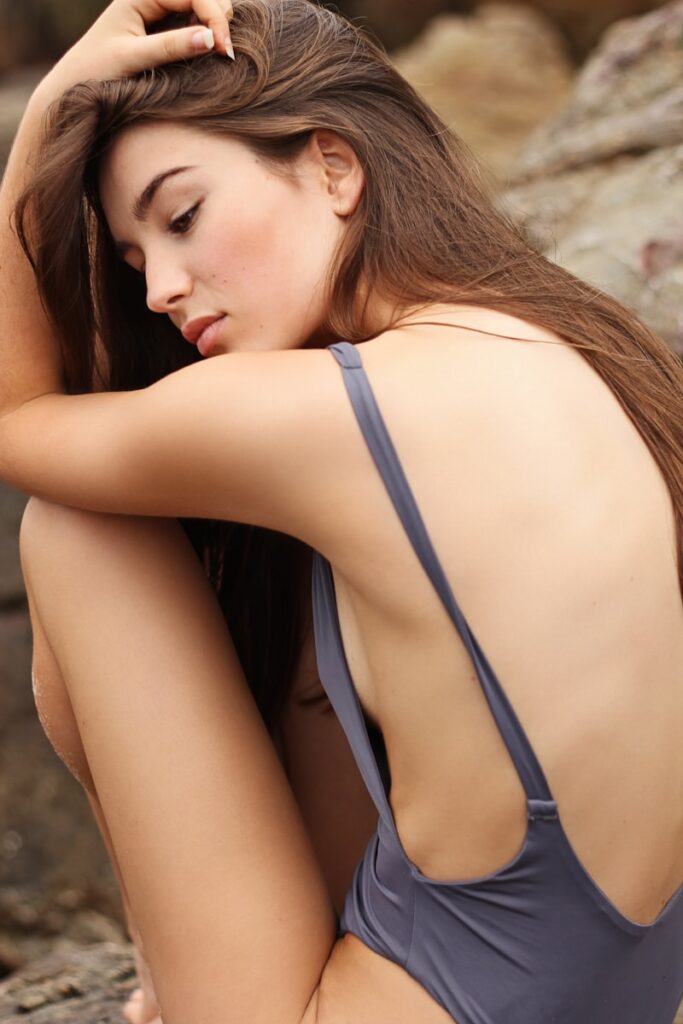
8. Comparison of Lingerie Eras
| Era | Key Features | Popular Styles | Materials Used | Social Impact |
|---|---|---|---|---|
| Ancient Civilizations | Modesty, support, decorative elements | Kalasiris, Strophium, Subligaculum | Linen, silk, cotton | Reflection of social status and cultural values |
| Medieval Period | Protection of outer garments, basic support | Chemise, early corsets | Cotton, wool | Emphasis on modesty and practicality |
| Renaissance and Baroque | Elaborate designs, enhanced silhouettes | Structured corsets, decorative undergarments | Silk, lace, brocade | Symbol of wealth and fashion |
| Victorian Era | Extreme waist cinching, restrictive designs | Heavy corsets, bustles | Silk, lace, brocade | Constricted physical comfort, rigid social norms |
| Early 20th Century | Transition from corsets to bras | Push-up bras, balconette bras | Nylon, cotton | Women’s liberation, shifting fashion trends |
| Mid-20th Century | Innovation in materials, varied styles | Bullet bras, bra bikinis | Nylon, spandex | Post-war prosperity, emphasis on femininity |
| Late 20th Century | Diversity, body positivity | Wide range of sizes, comfortable designs | Cotton, lace, modal | Feminist movements, inclusive fashion |
| 21st Century | Empowerment, sustainability, technology | Smart textiles, eco-friendly lingerie | Silk, lace, sustainable materials | Body positivity, technological integration |
9. Frequently Asked Questions
1. How has the role of lingerie evolved over time?
The role of lingerie has evolved from purely functional undergarments designed for modesty and support to symbols of empowerment and personal expression. Throughout history, lingerie has mirrored societal changes, moving from restrictive corsets to comfortable, inclusive designs that celebrate diverse body types and promote self-confidence (Johnson & Lee, 2019).
2. What are the key factors driving the modern lingerie industry?
The modern lingerie industry is driven by factors such as technological advancements, sustainability, inclusivity, and changing consumer preferences. Innovations in materials and design, along with a growing emphasis on ethical manufacturing practices, have transformed lingerie into a versatile and empowering garment. Additionally, the push for body positivity and diversity has led to a wider range of sizes and styles, catering to a broader audience (Smith & Johnson, 2020).
3. How does lingerie contribute to women’s empowerment?
Lingerie contributes to women’s empowerment by allowing them to express their individuality, embrace their bodies, and feel confident in their own skin. The shift towards inclusive and comfortable designs helps break down unrealistic beauty standards and promotes body positivity. By choosing lingerie that makes them feel good, women can assert their autonomy and enhance their self-esteem, fostering a sense of empowerment and self-worth (Smith & Johnson, 2020).
4. What sustainable practices are being adopted in the lingerie industry?
The lingerie industry is adopting various sustainable practices, including the use of eco-friendly materials like organic cotton, bamboo, and recycled fabrics. Brands are also focusing on ethical manufacturing processes, reducing waste through minimalist packaging, and promoting longevity by creating durable and timeless designs. These efforts aim to minimize the environmental impact of lingerie production and cater to environmentally conscious consumers (Green & Patel, 2020).
5. What future trends can we expect in the evolution of lingerie?
Future trends in lingerie include greater technological integration, such as smart fabrics and wearable technology, increased customization and personalization options, continued emphasis on sustainability, and enhanced inclusivity and diversity. Additionally, minimalist and functional designs are expected to gain popularity, offering versatile and comfortable options that align with modern lifestyles and environmental values (Taylor, 2022).
10. References
- Brown, A. (2021). The Impact of Shapewear on Body Image. Journal of Fashion Studies. Retrieved from https://www.journaloffashionstudies.com/impact-shapewear
- Fashion Institute of Technology. (2022). Lingerie Maintenance and Care. FIT Publications. Retrieved from https://www.fitnyc.edu/lingerie-care
- Green, L., & Patel, R. (2020). Materials in Lingerie: A Study on Comfort and Health. Textile Research Journal. Retrieved from https://www.textileresearchjournal.com/materials-lingerie
- Johnson, M., & Lee, S. (2019). Choosing the Right Lingerie for Your Body Type. Women’s Health and Fashion. Retrieved from https://www.womenshealthfashion.com/right-lingerie
- Miller, K. (2021). The Versatility of Bodysuits in Modern Fashion. Fashion Forward Magazine. Retrieved from https://www.fashionforwardmag.com/versatility-bodysuits
- Smith, J. (2020). The Importance of Proper Bra Fit. International Journal of Women’s Health. Retrieved from https://www.ijwh.com/proper-bra-fit
- Smith, L., & Johnson, T. (2020). Inclusive Lingerie: Designing for Plus-Size Women. Journal of Inclusive Fashion Design. Retrieved from https://www.inclusivefashiondesign.com/plus-size-lingerie
- Taylor, M. (2022). Modern Corsets: Balancing Tradition and Comfort. Historical Fashion Review. Retrieved from https://www.historicalfashionreview.com/modern-corsets


